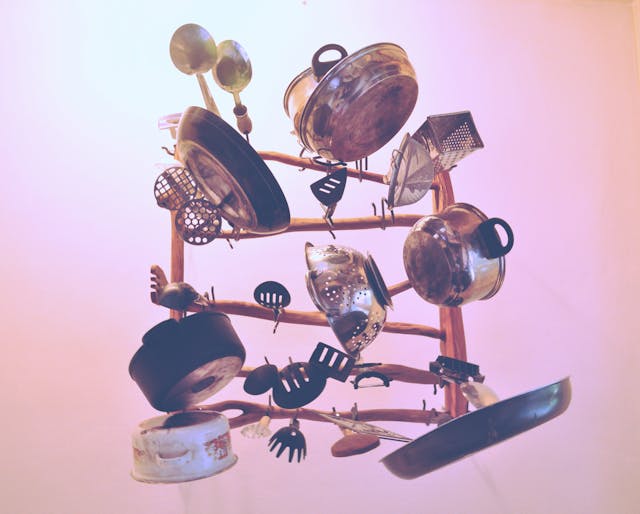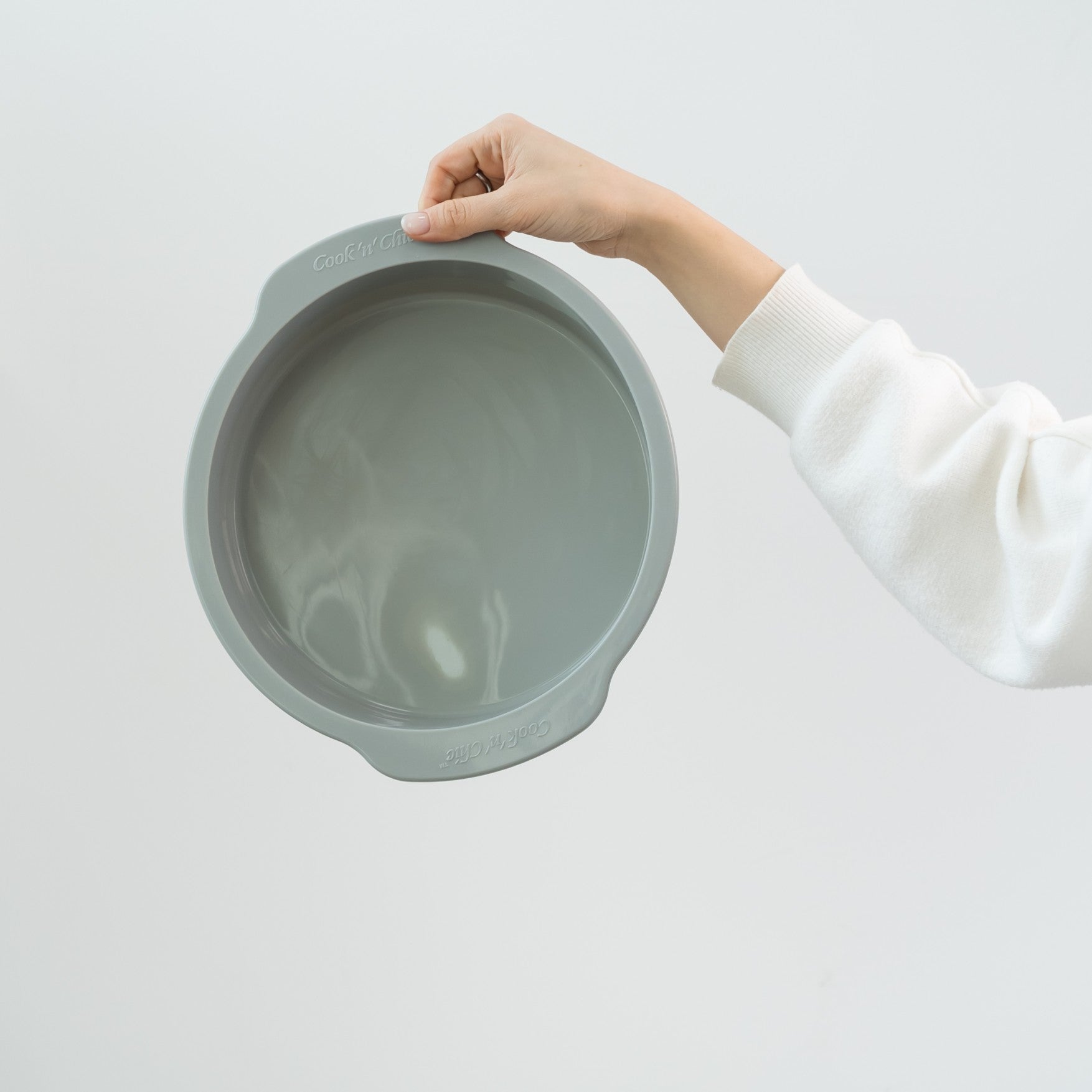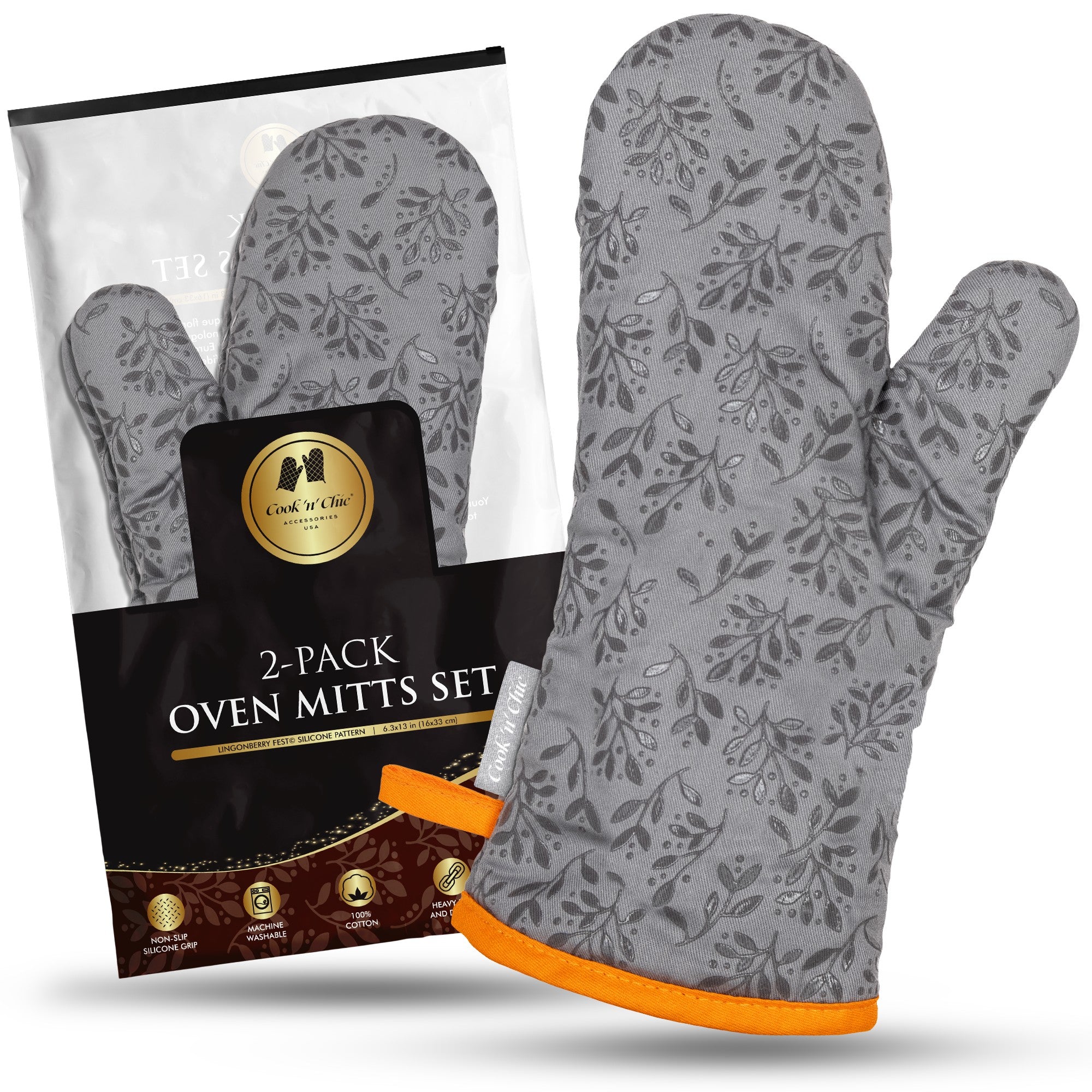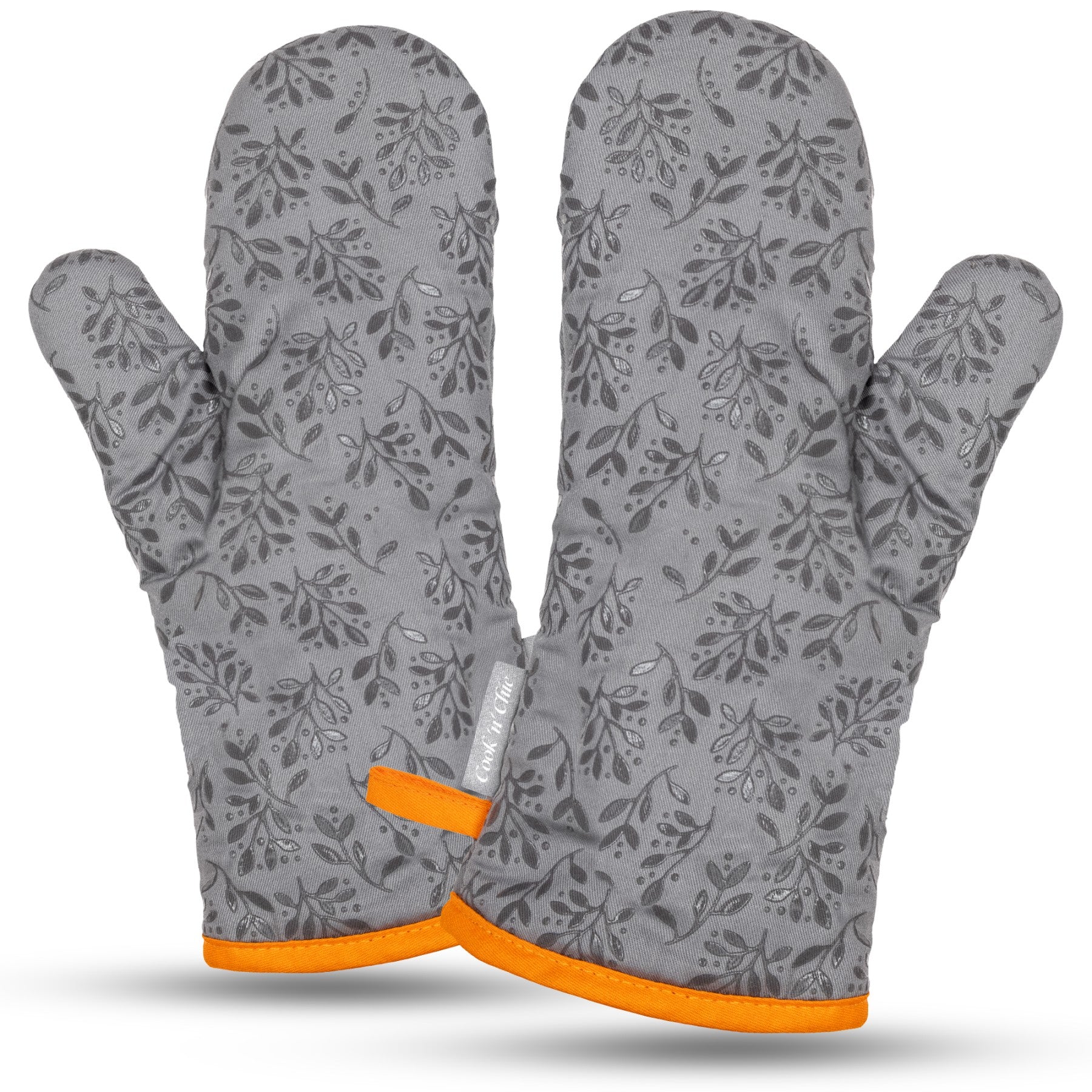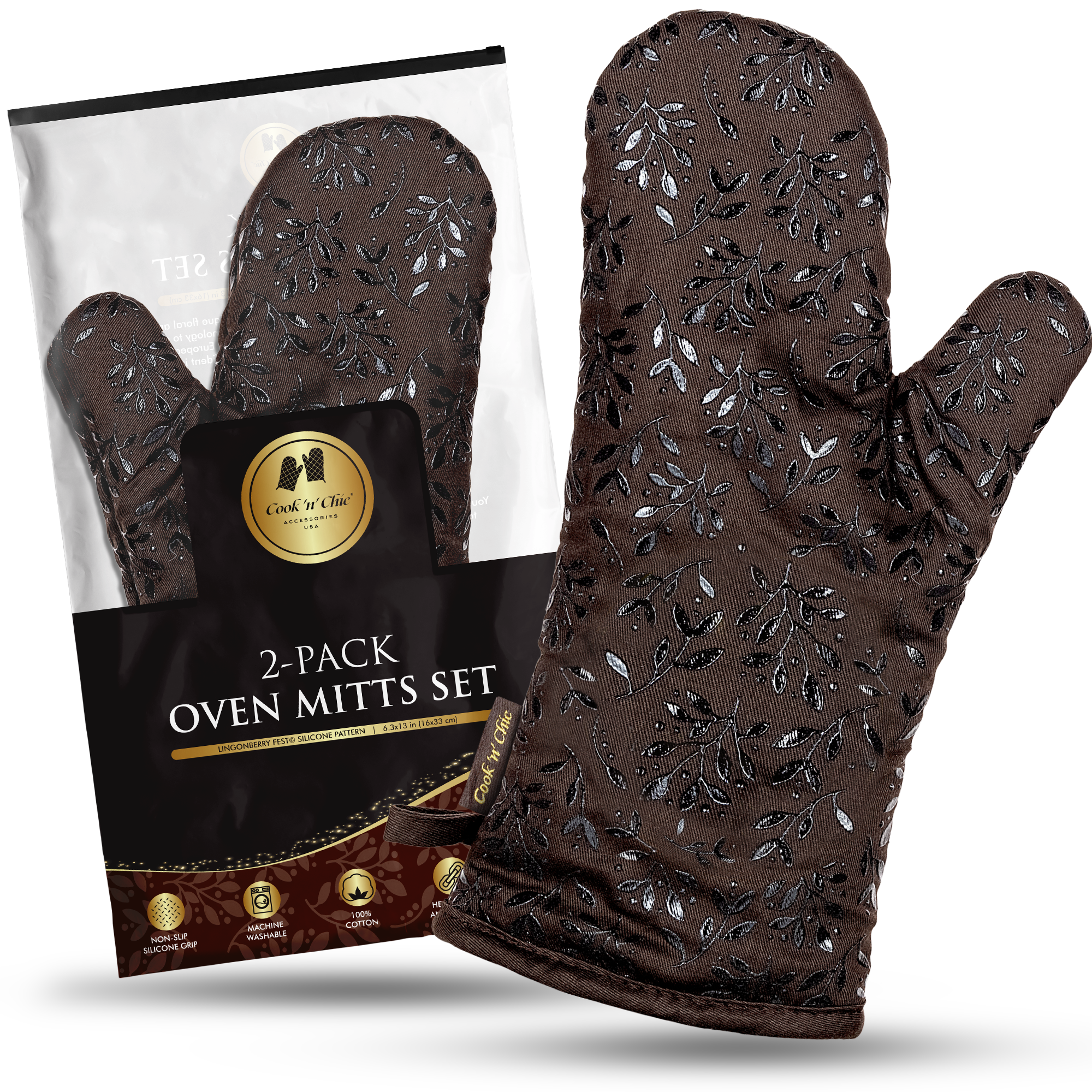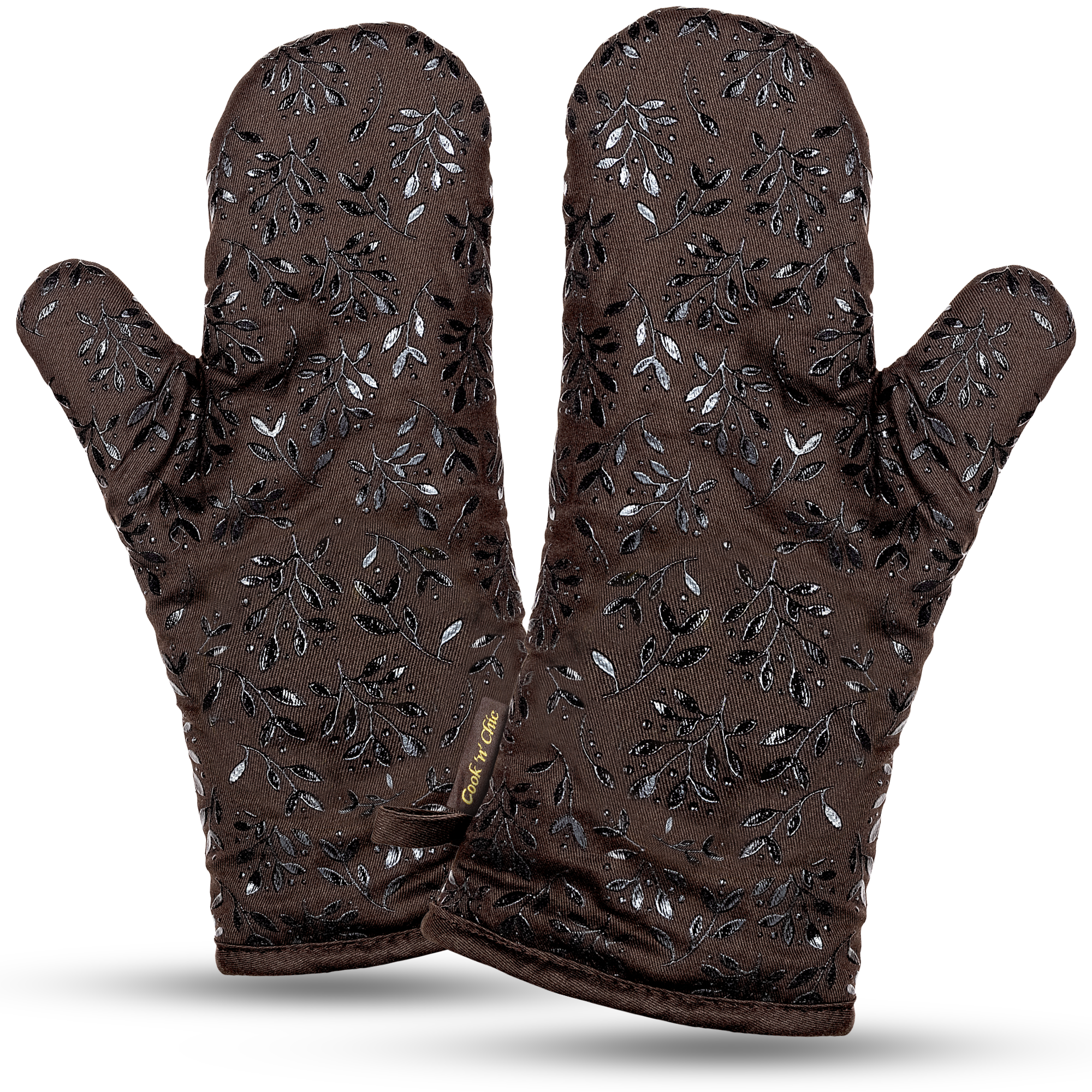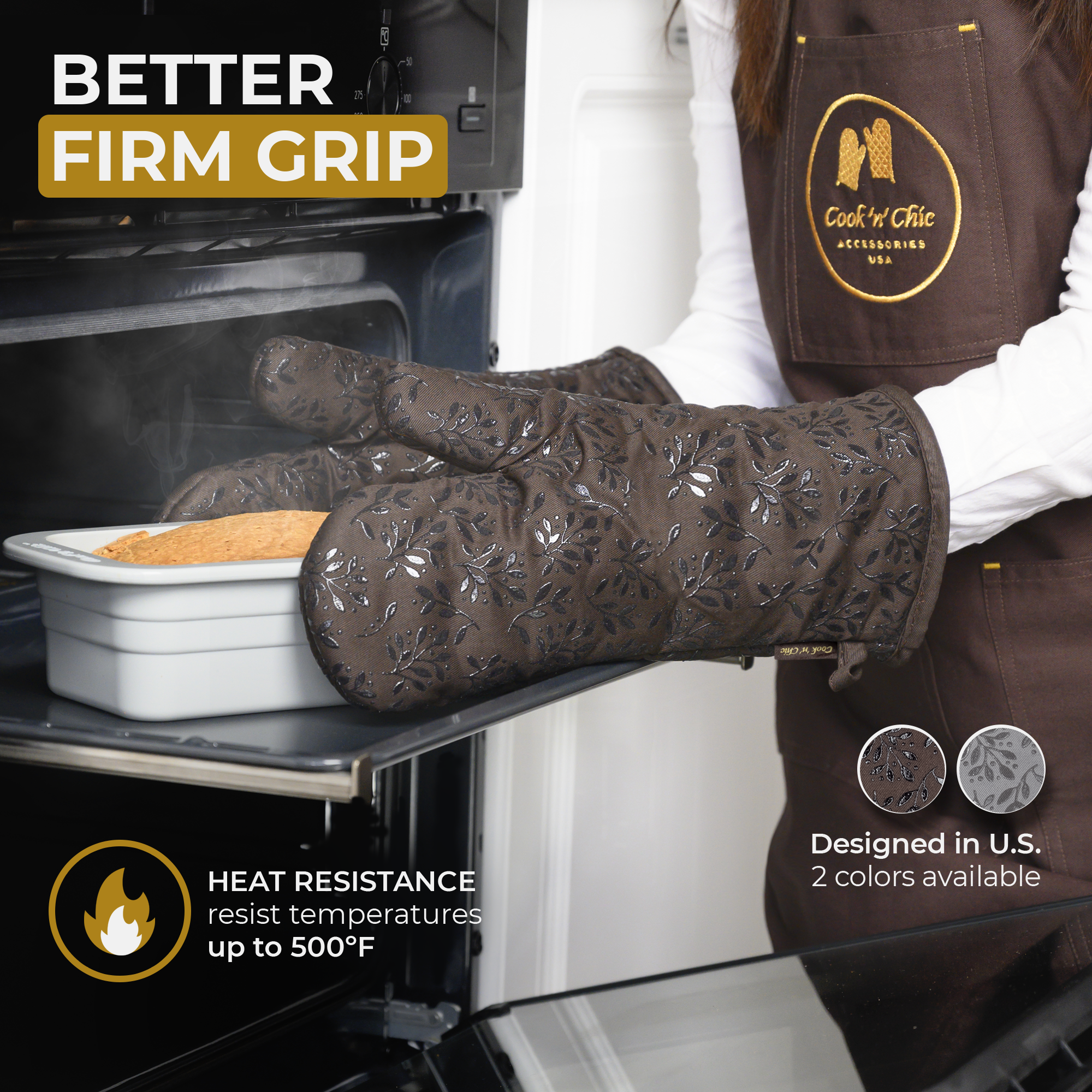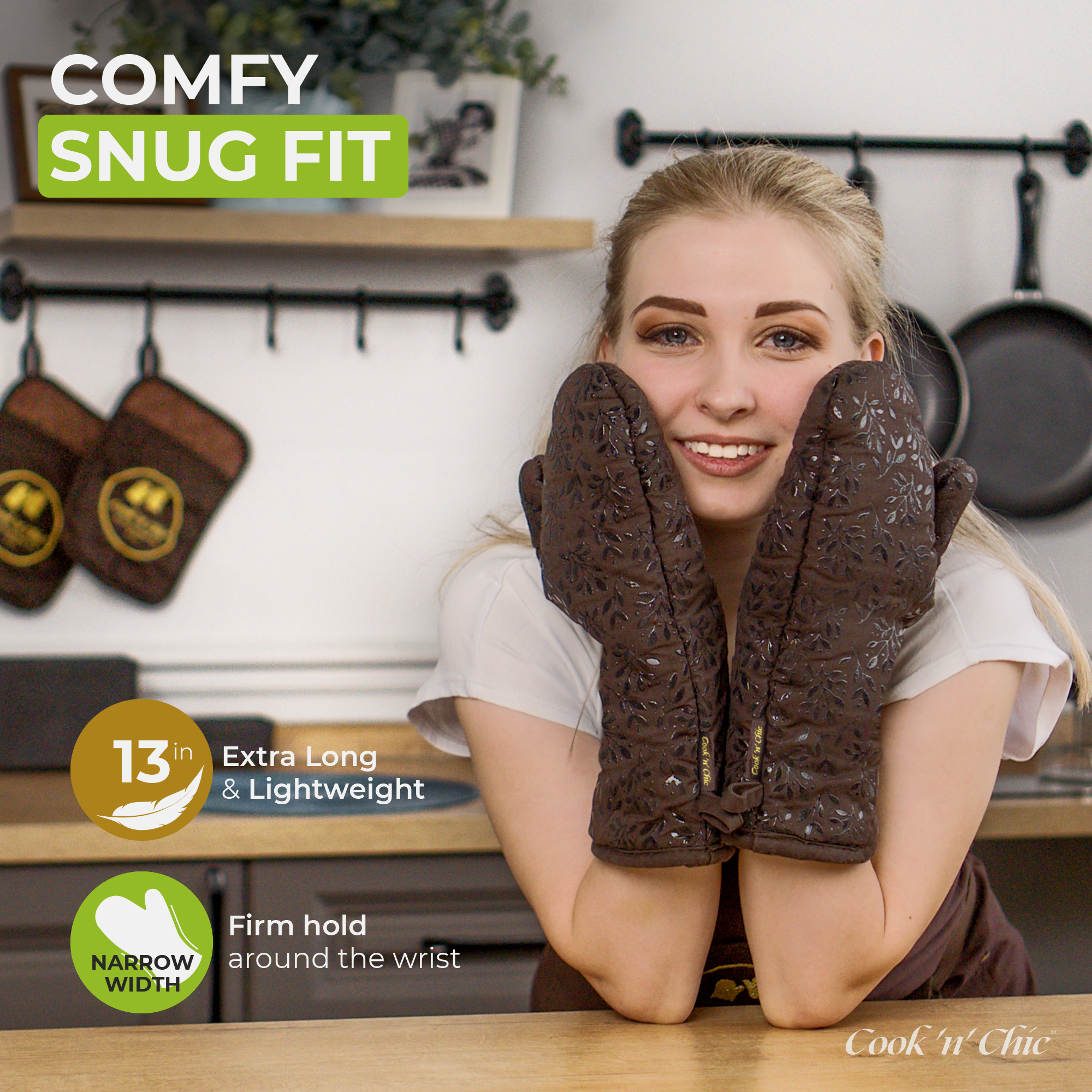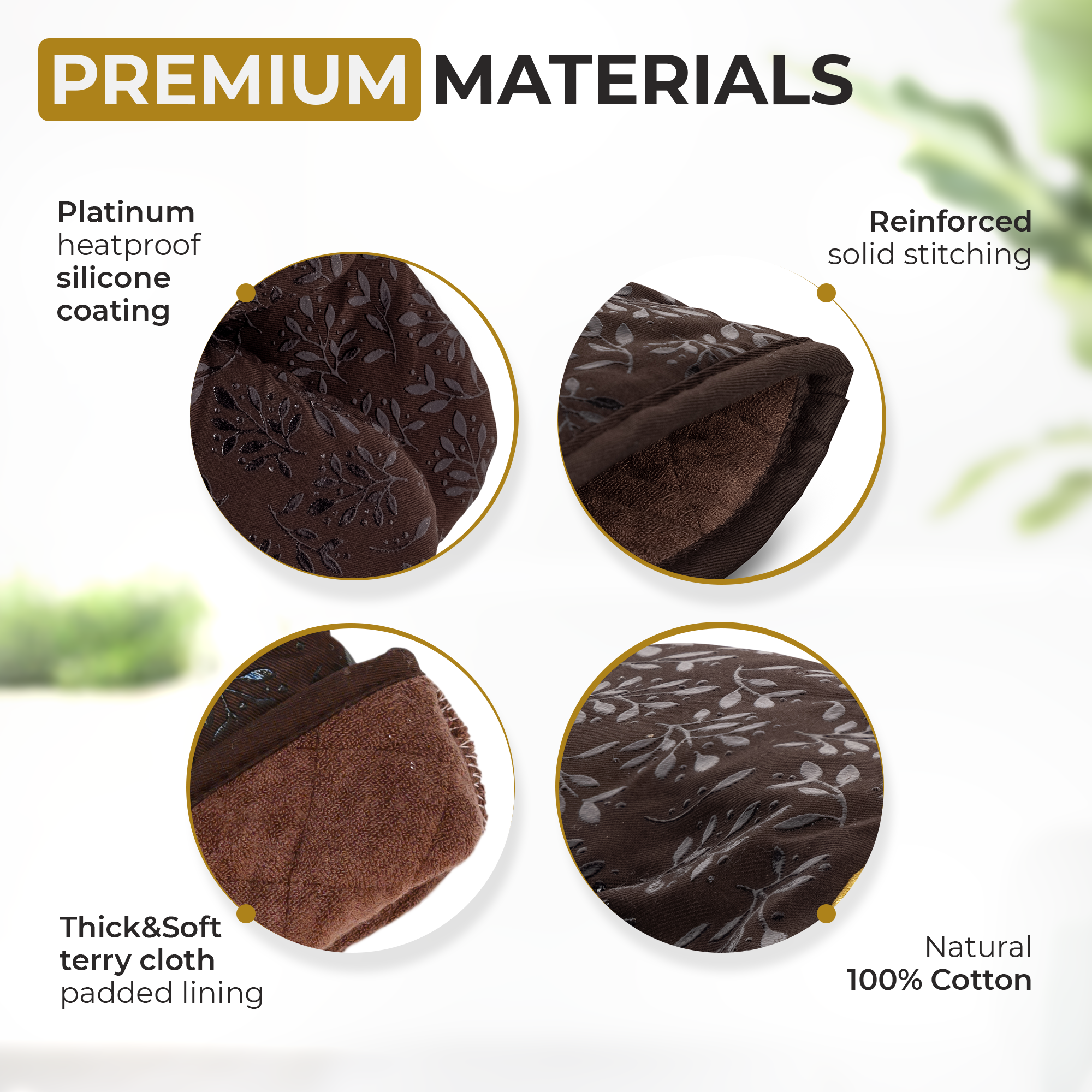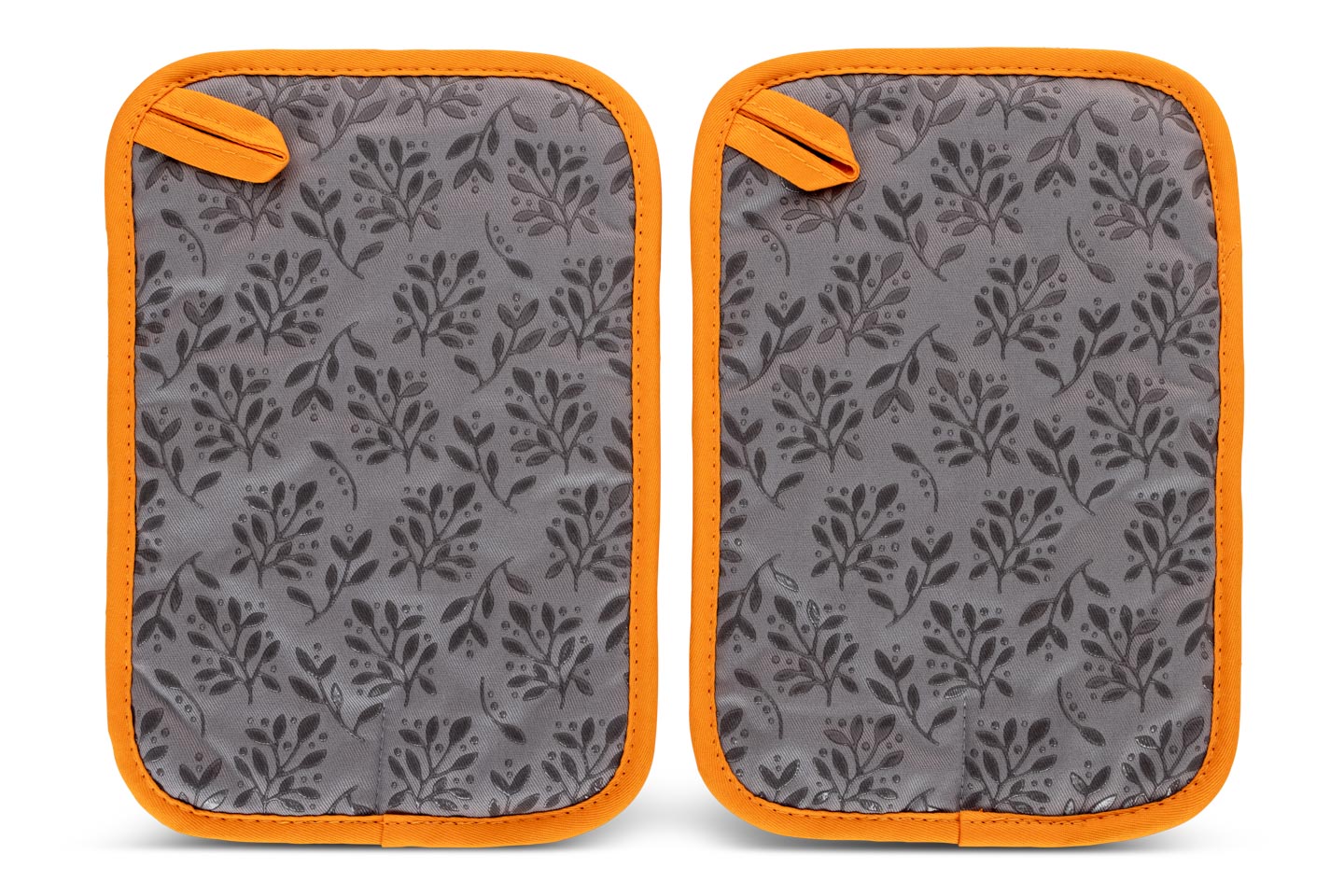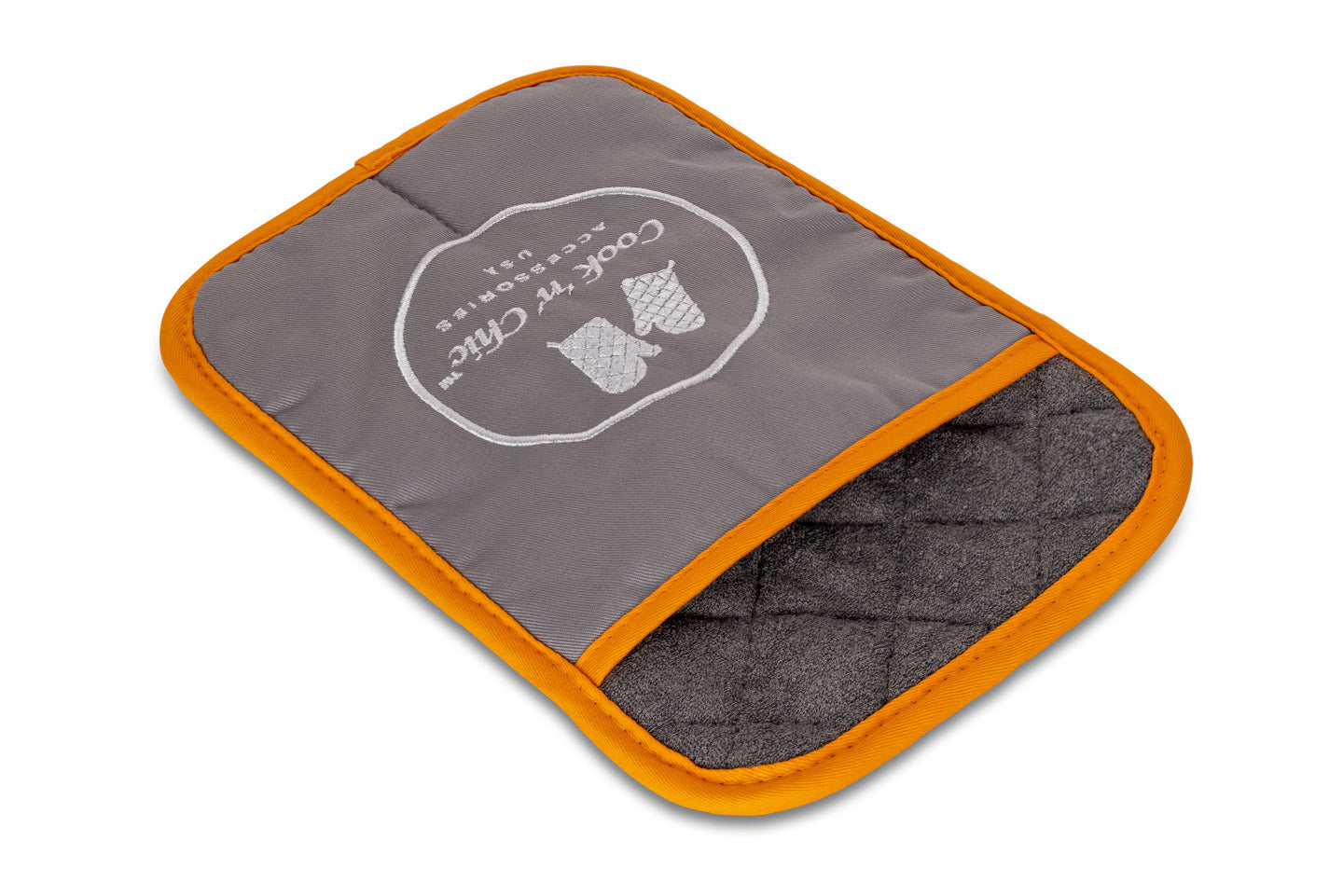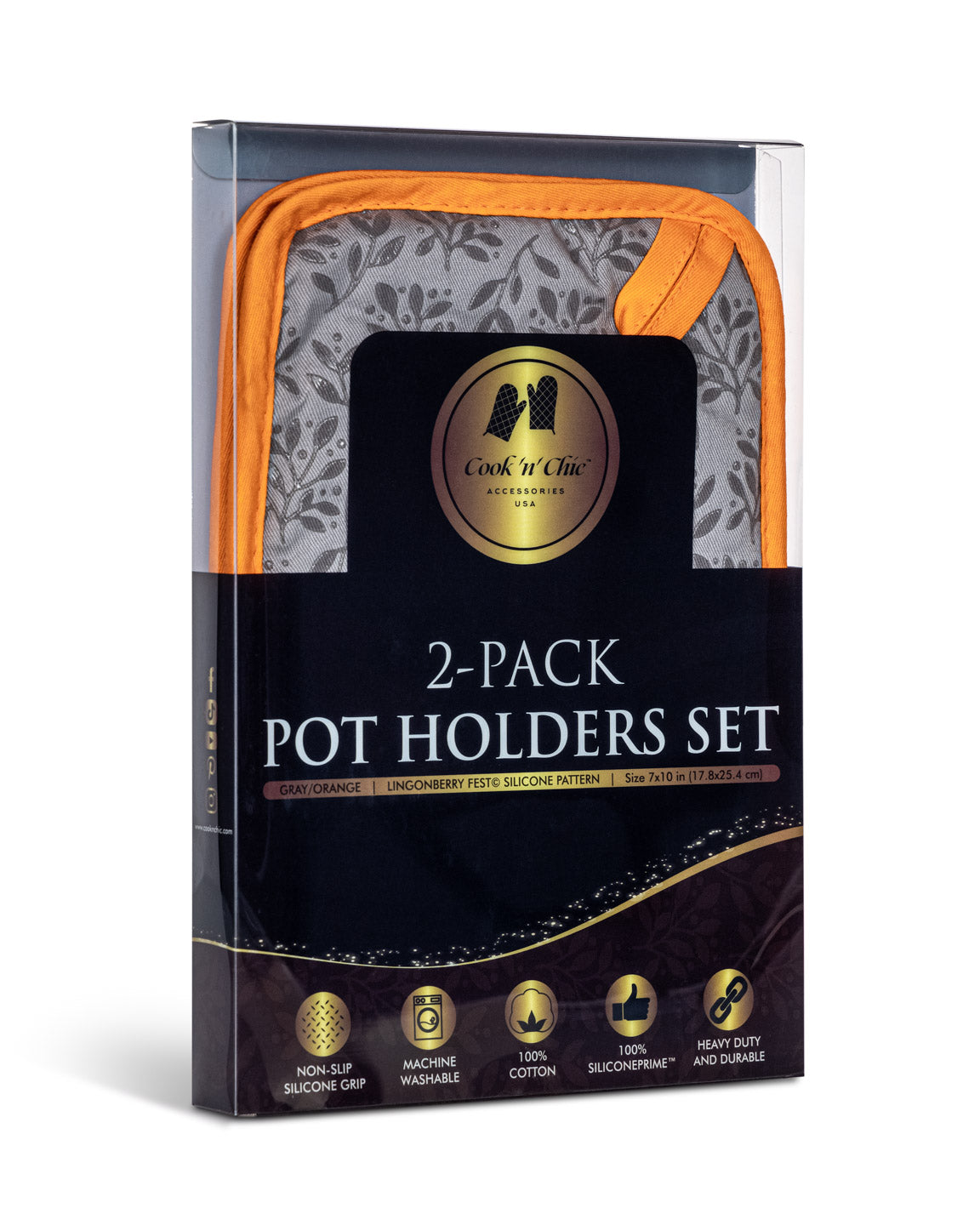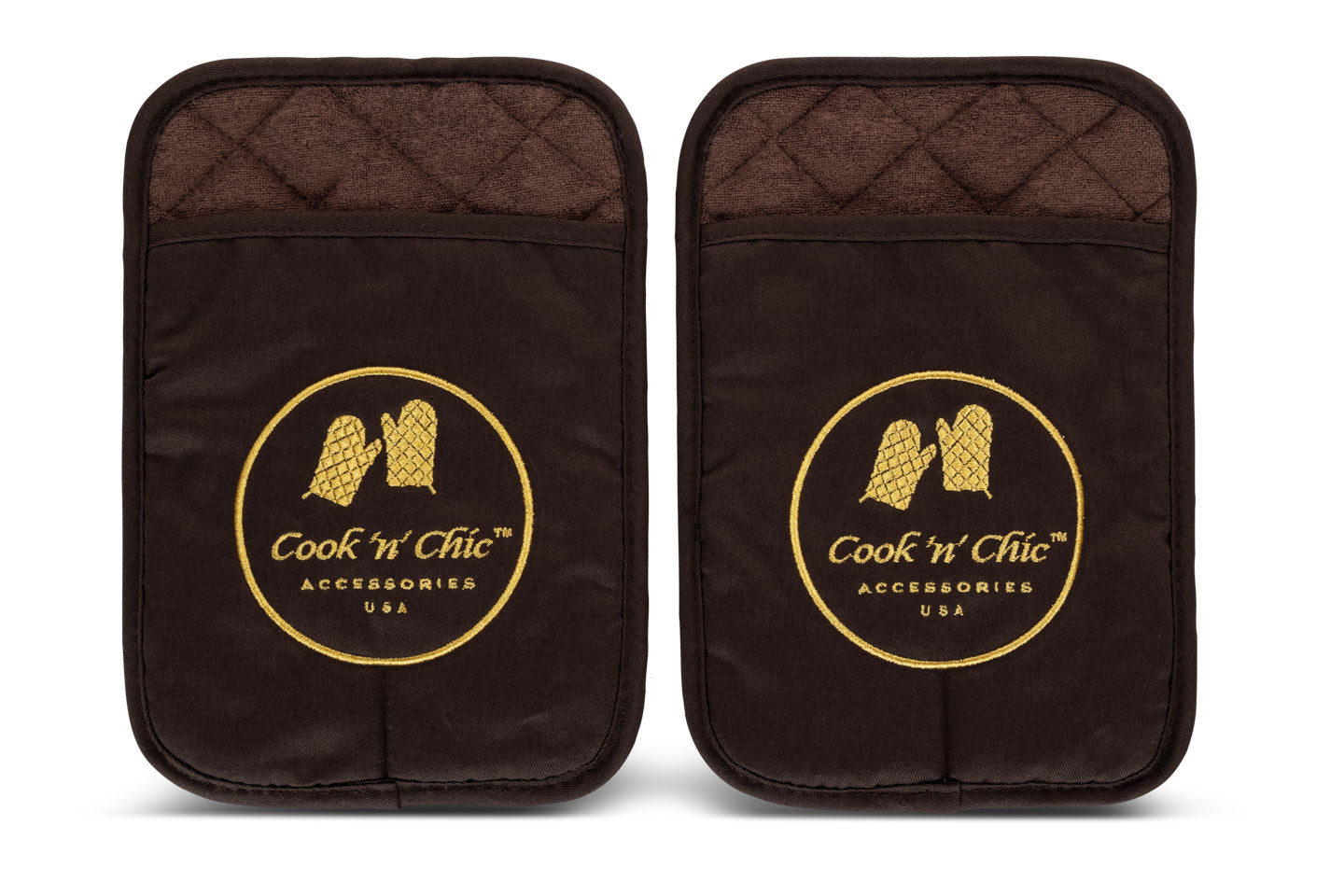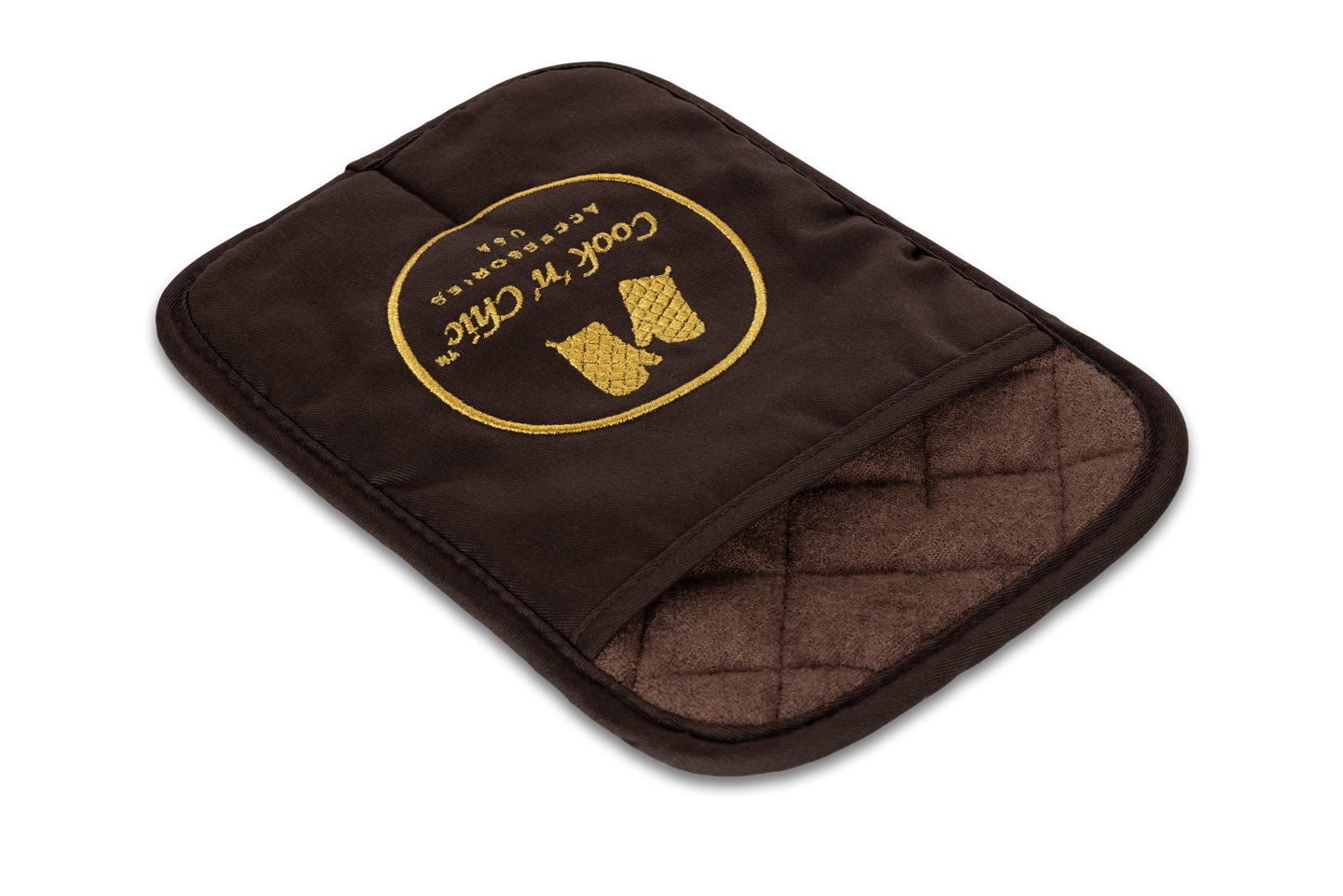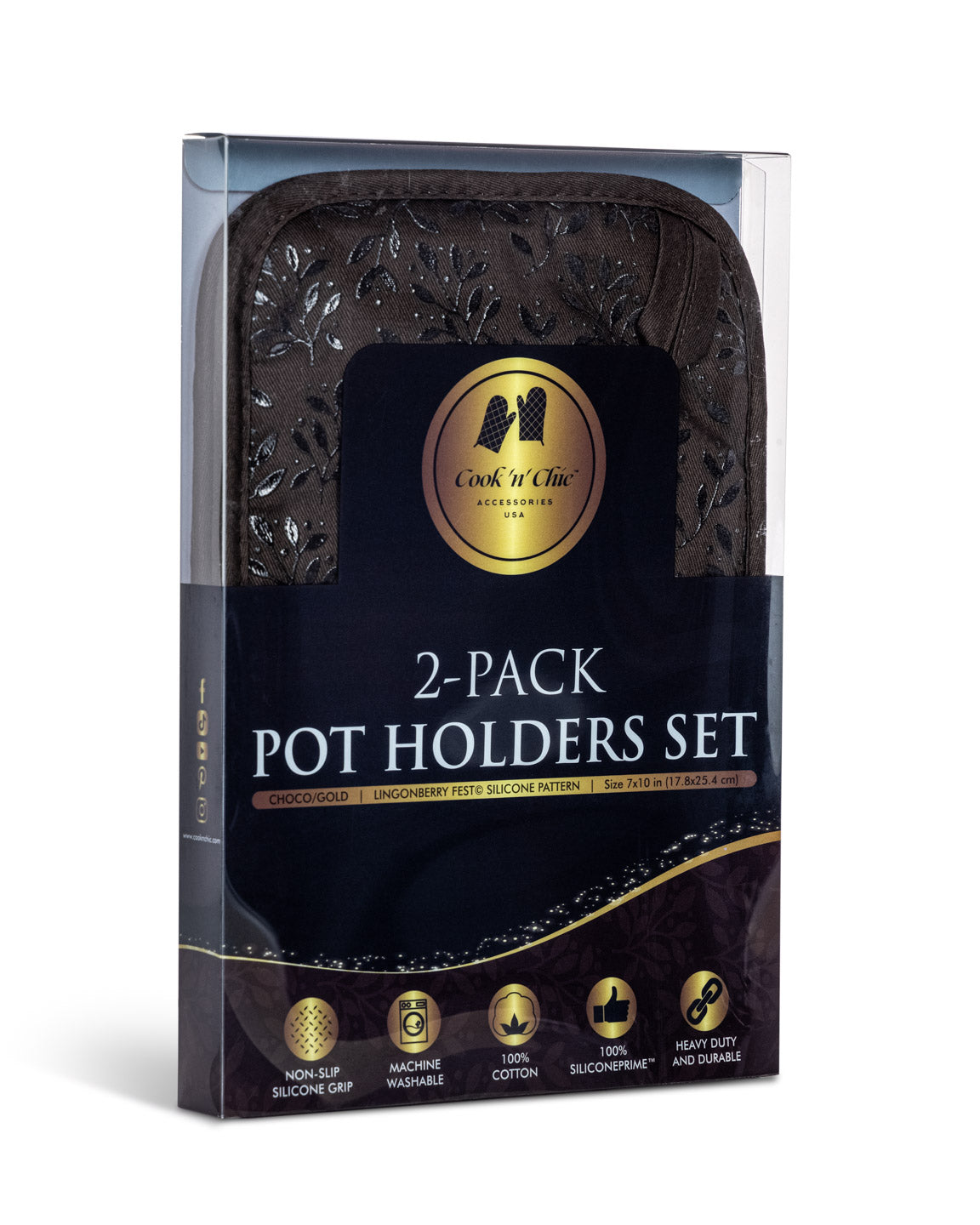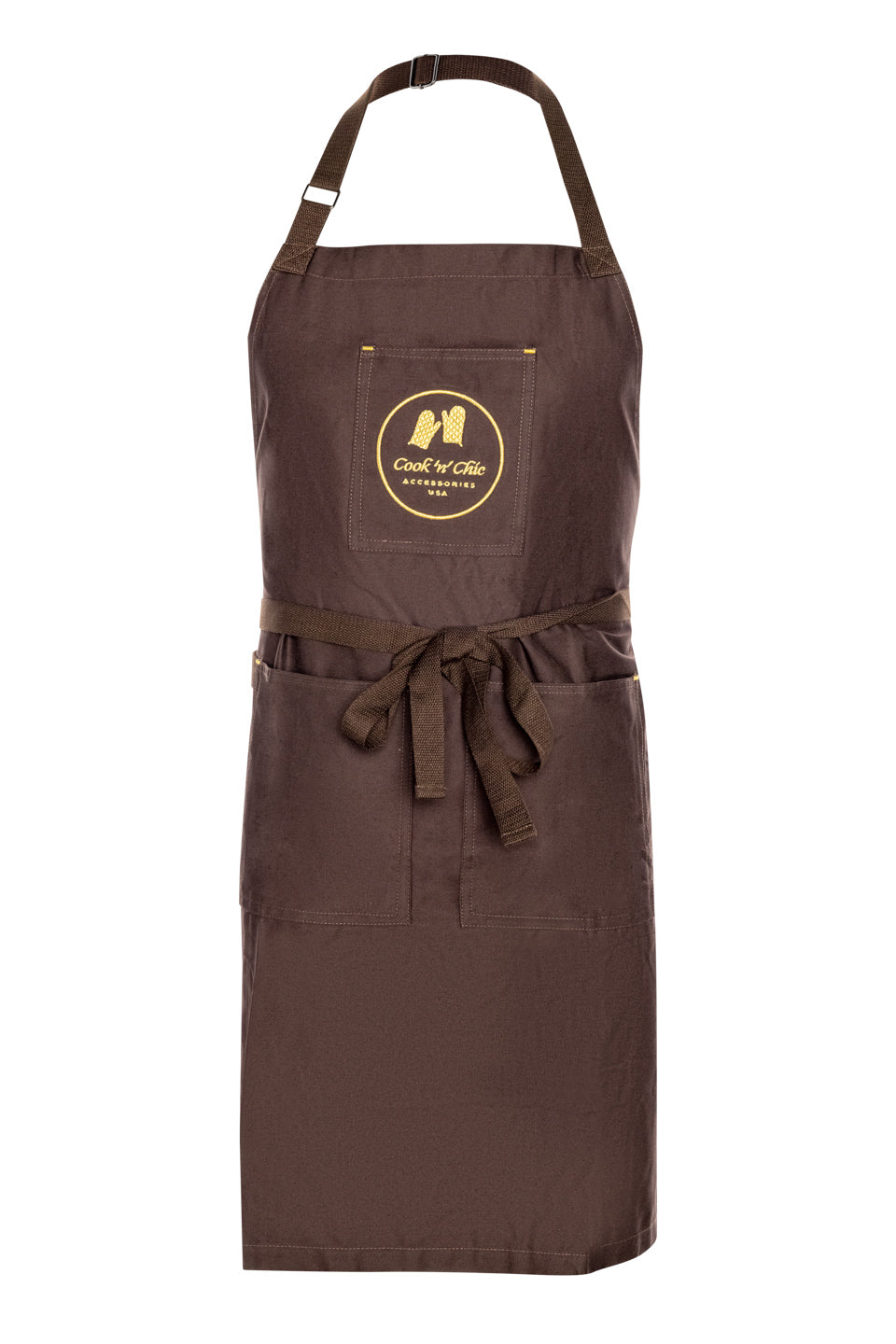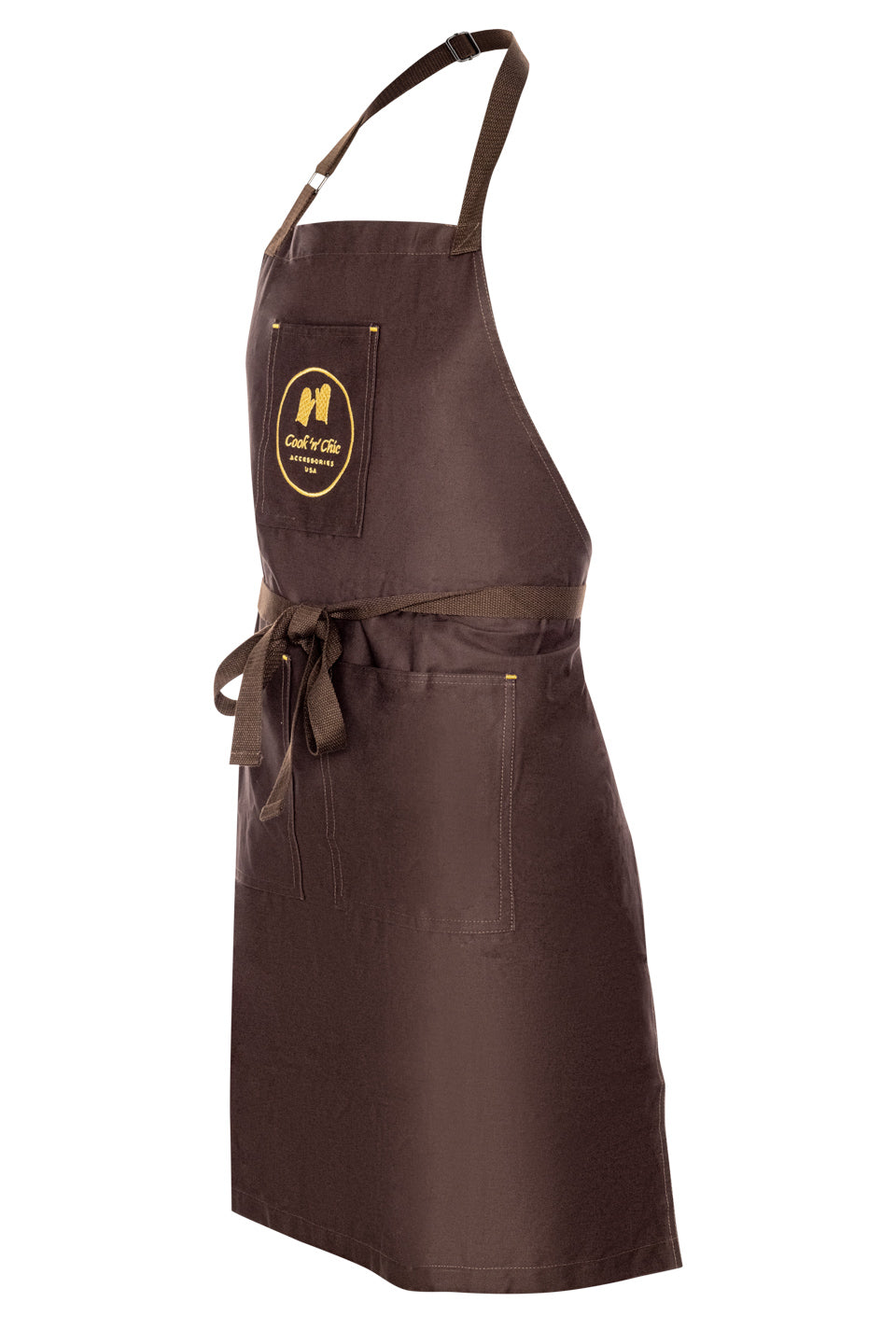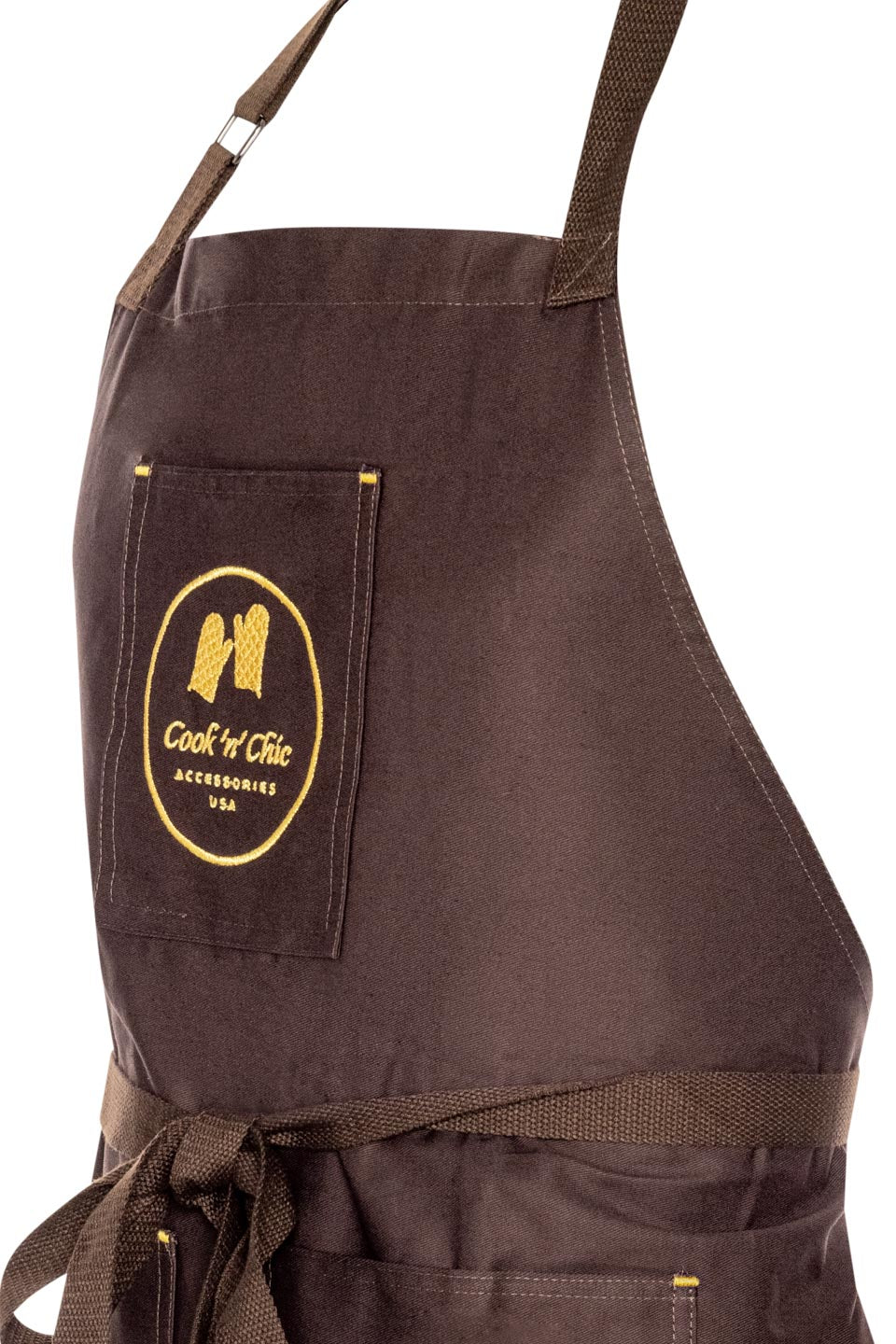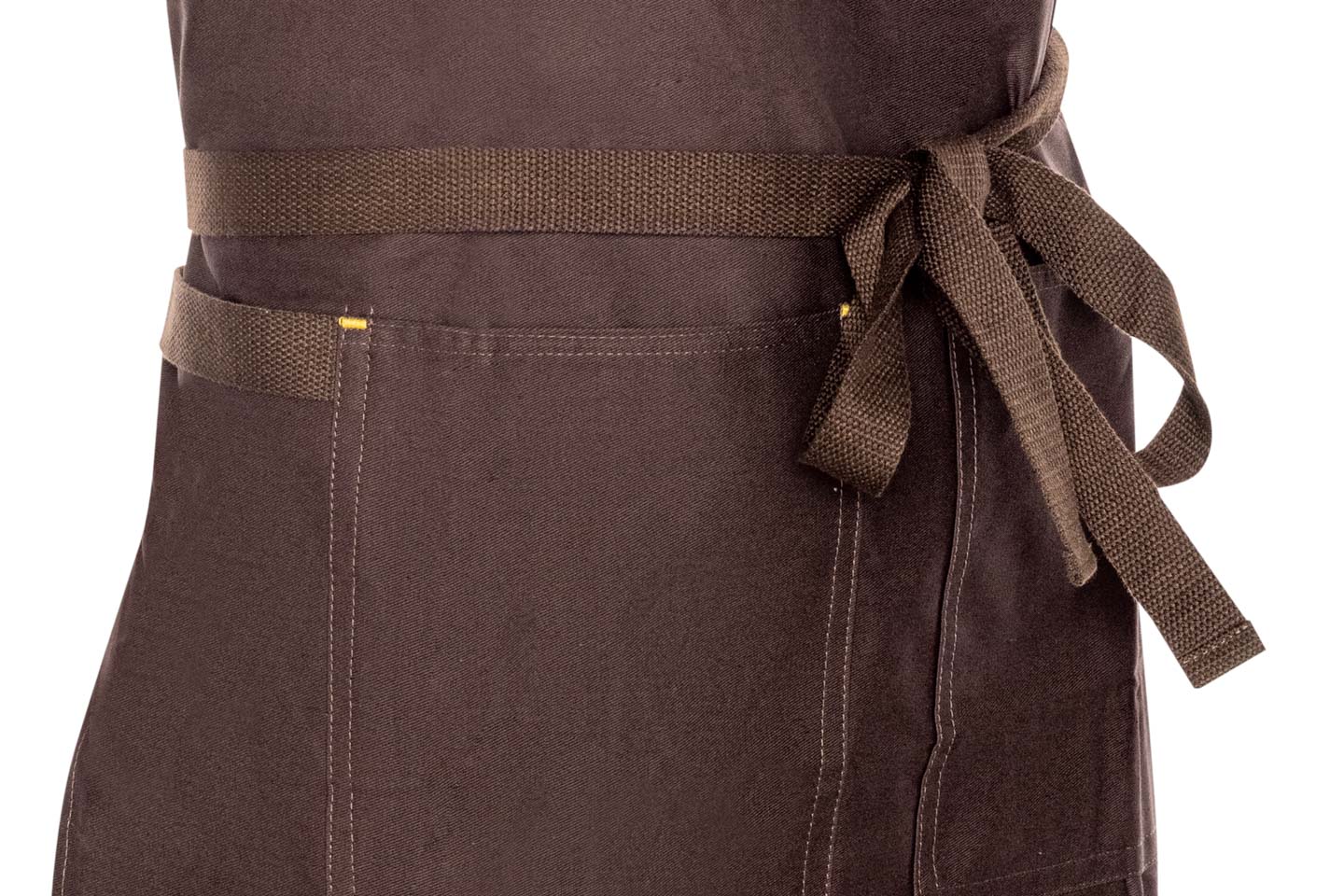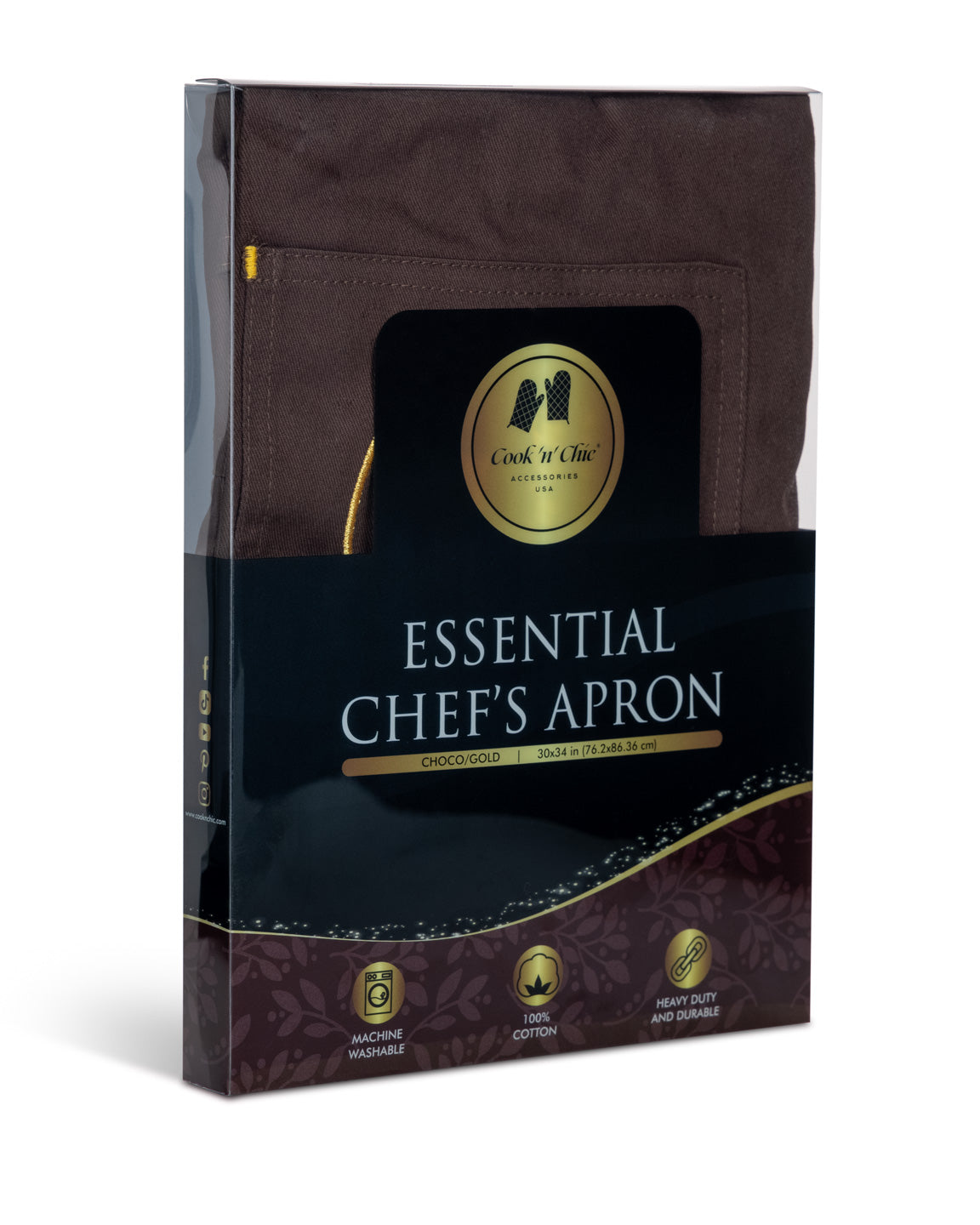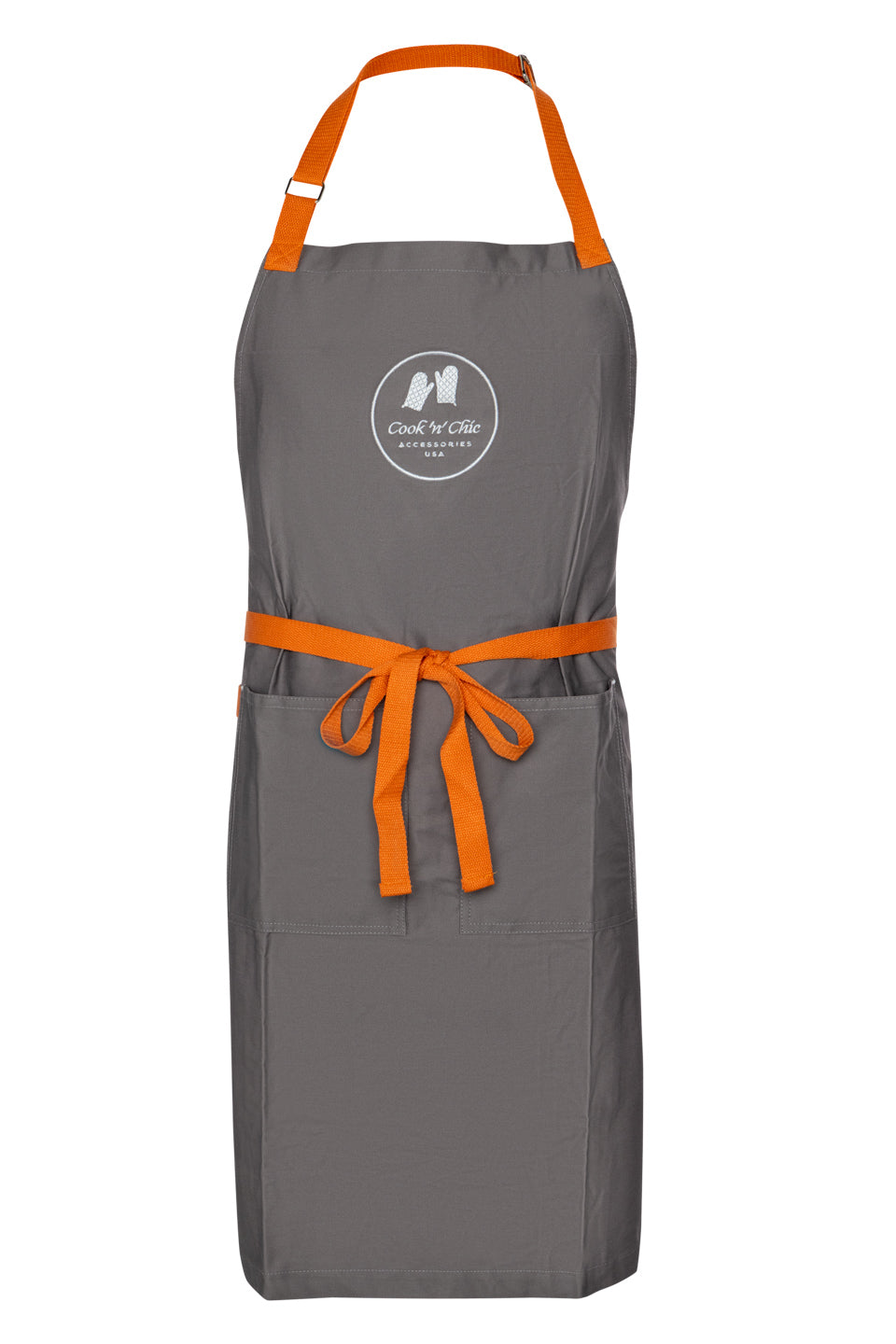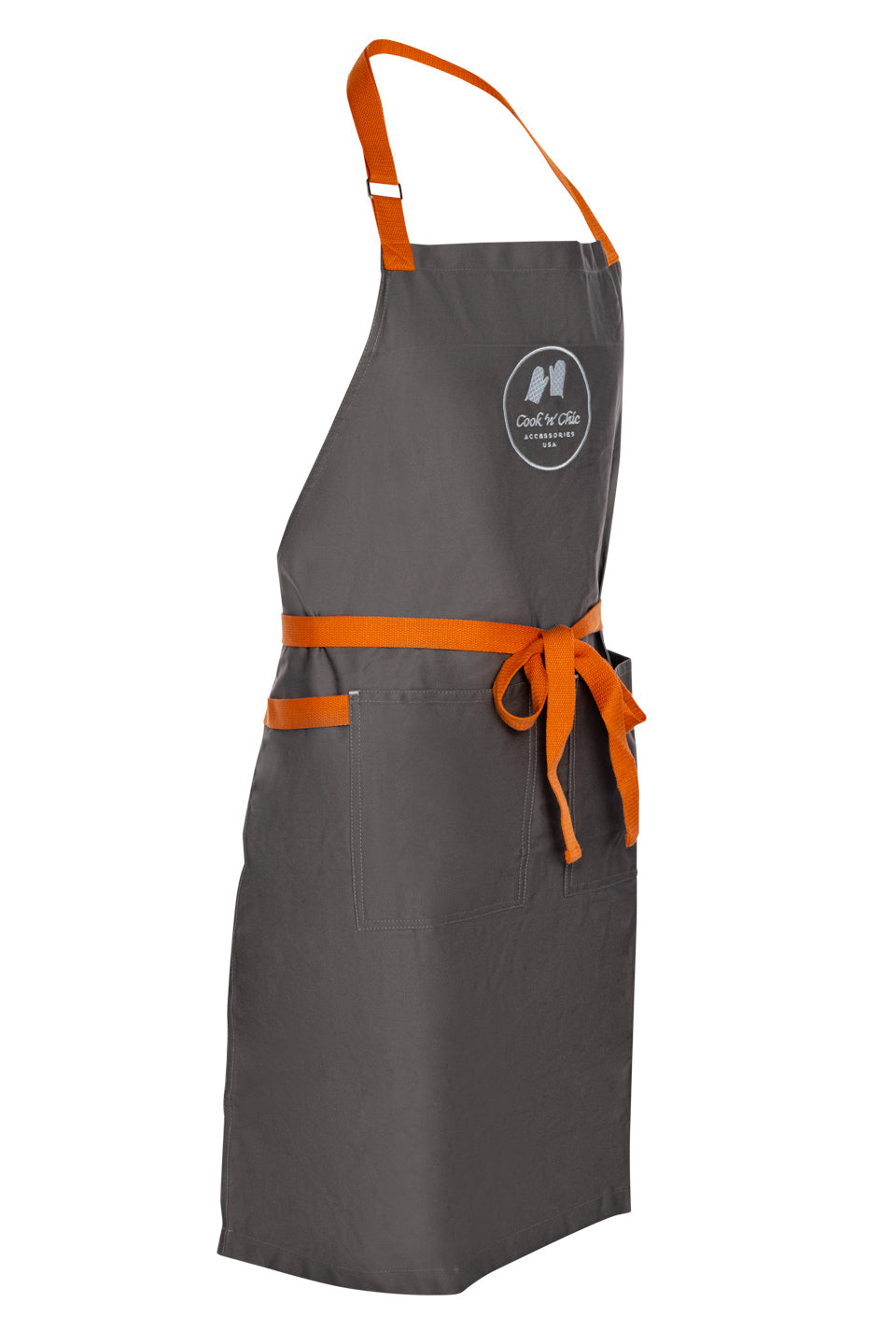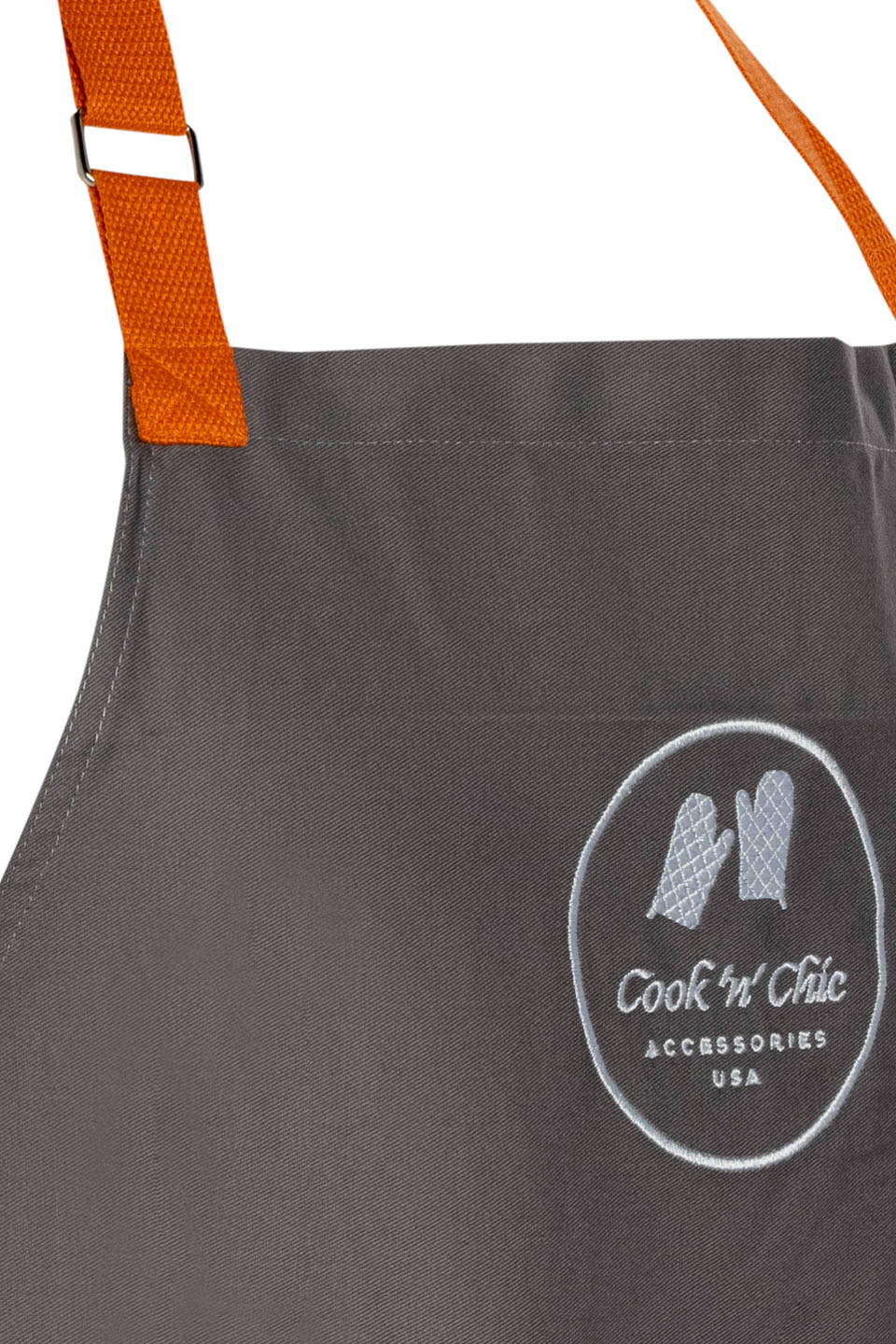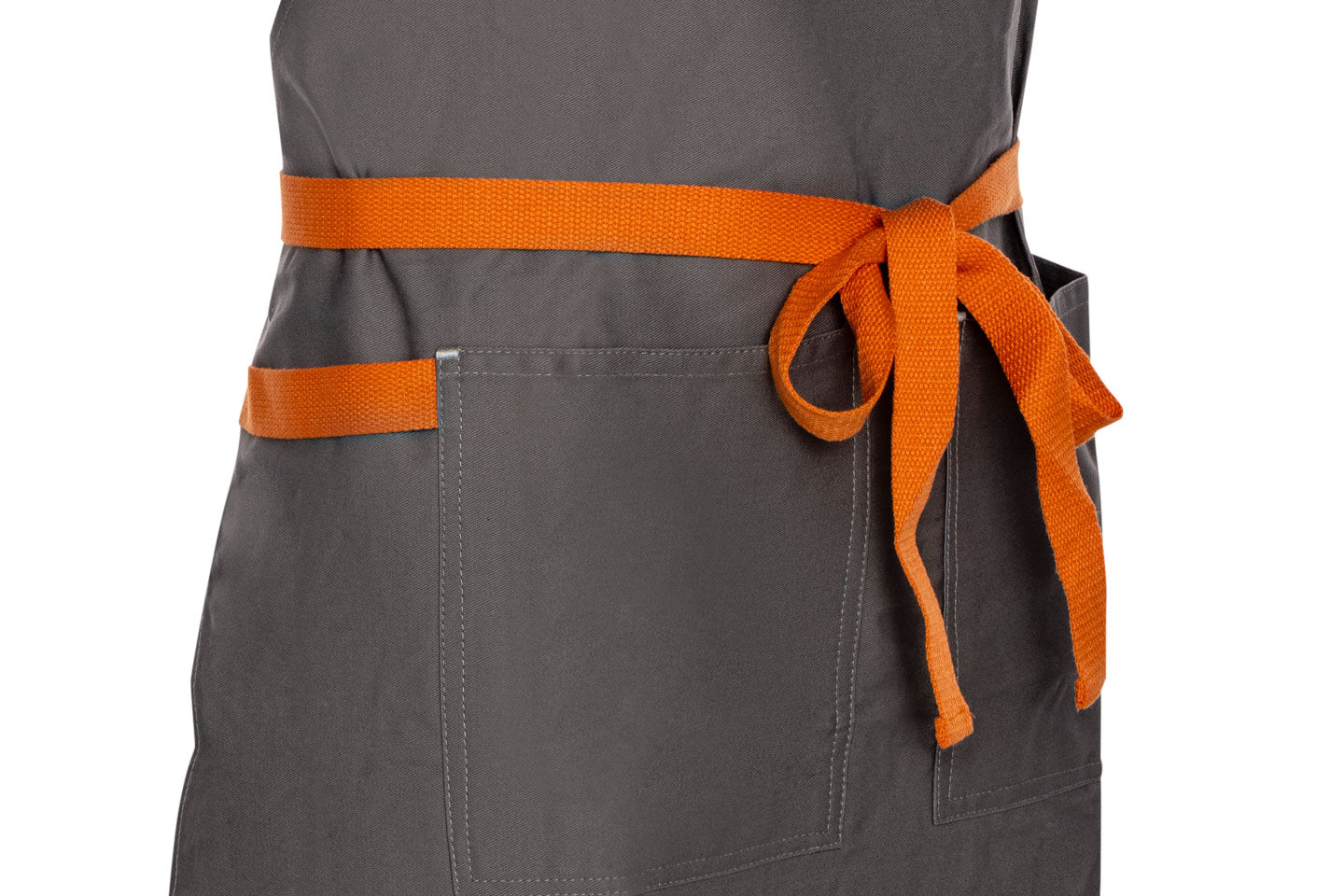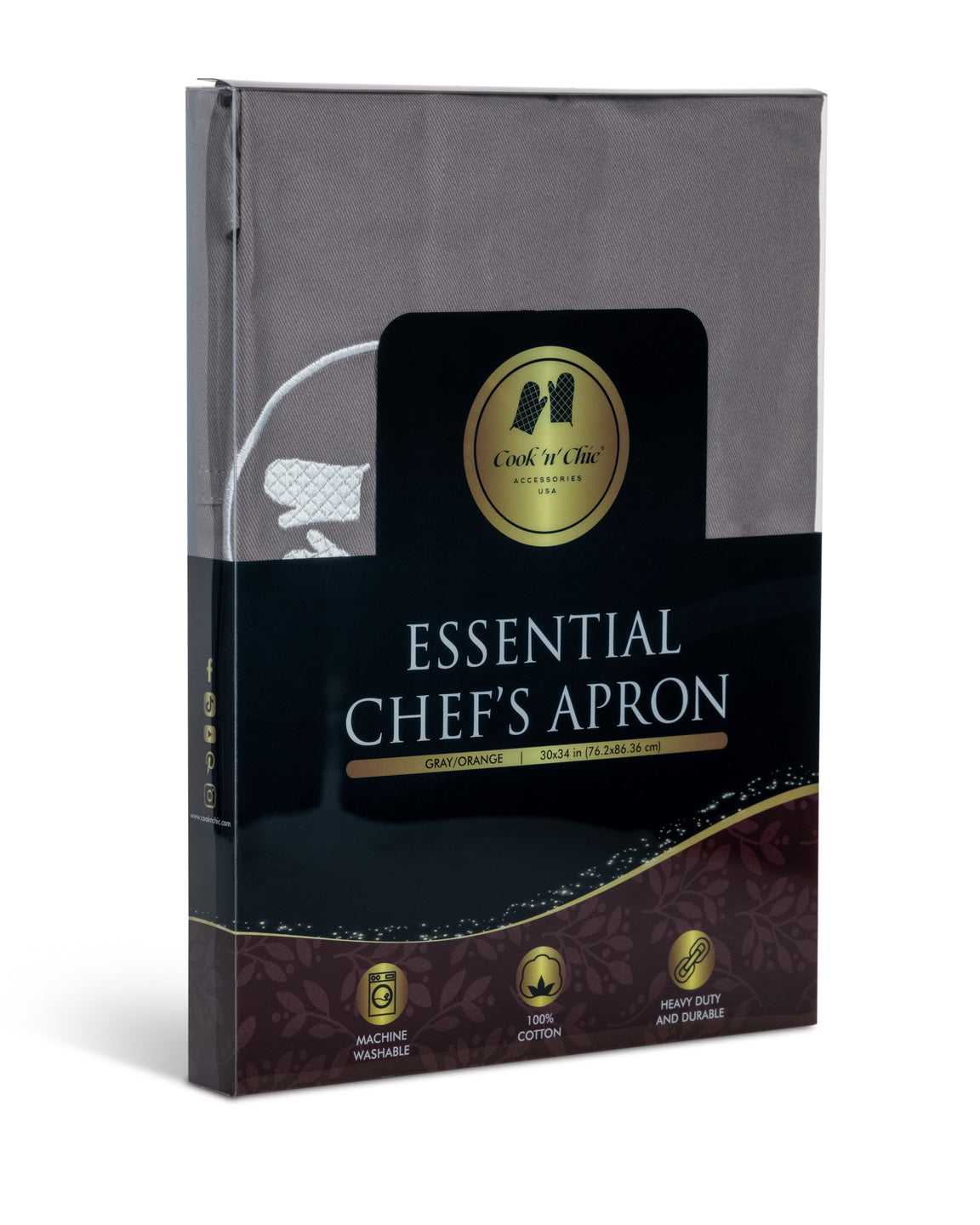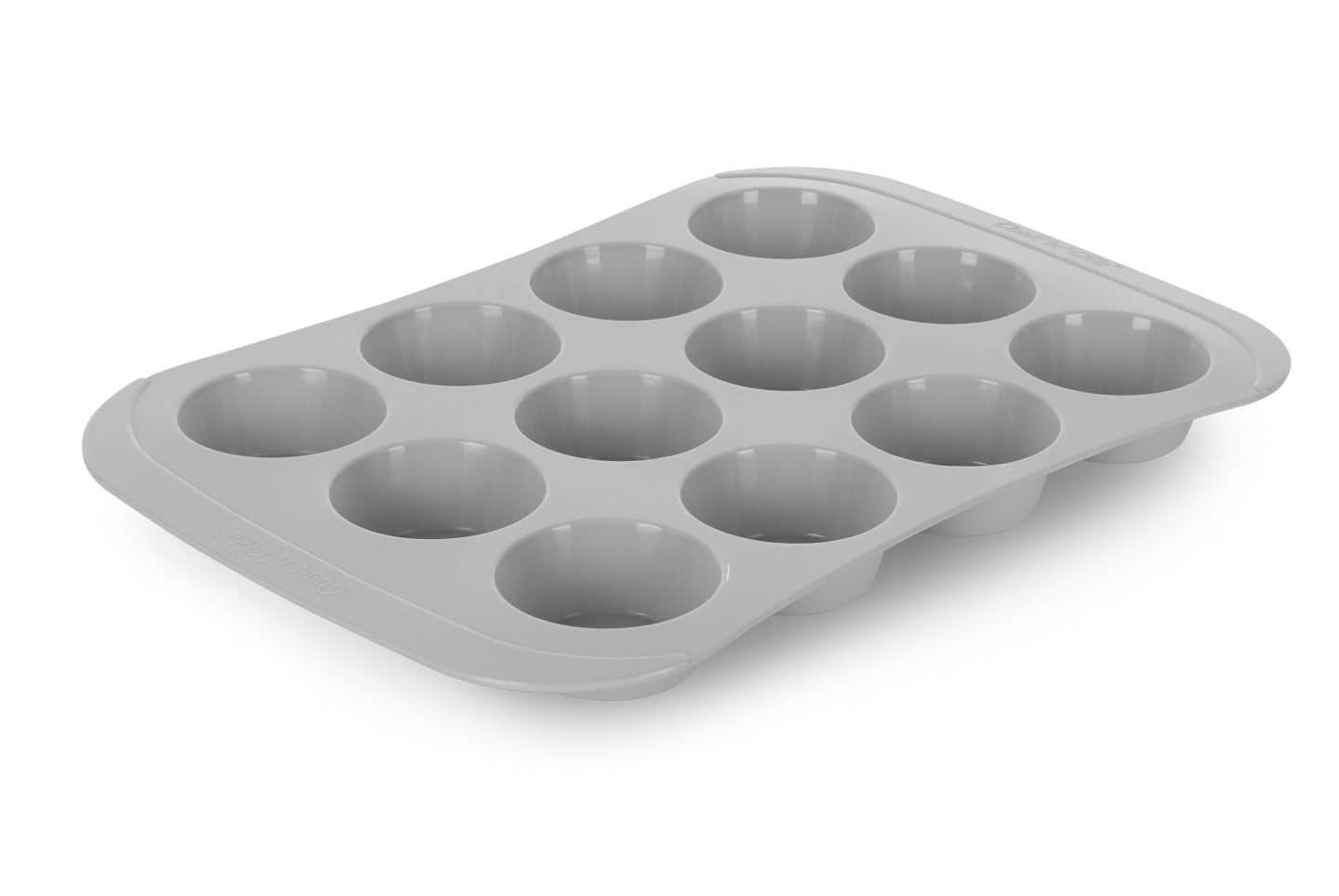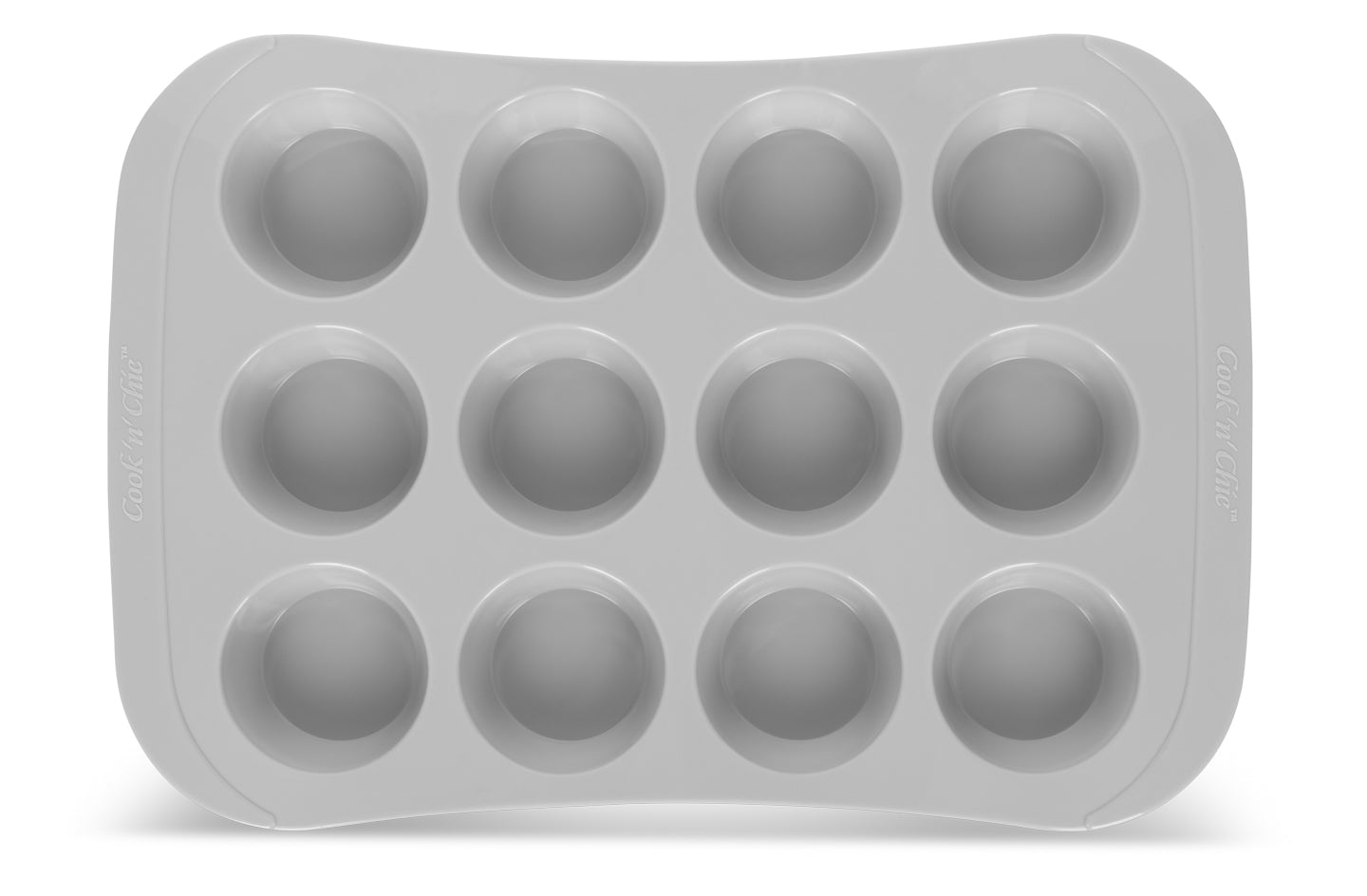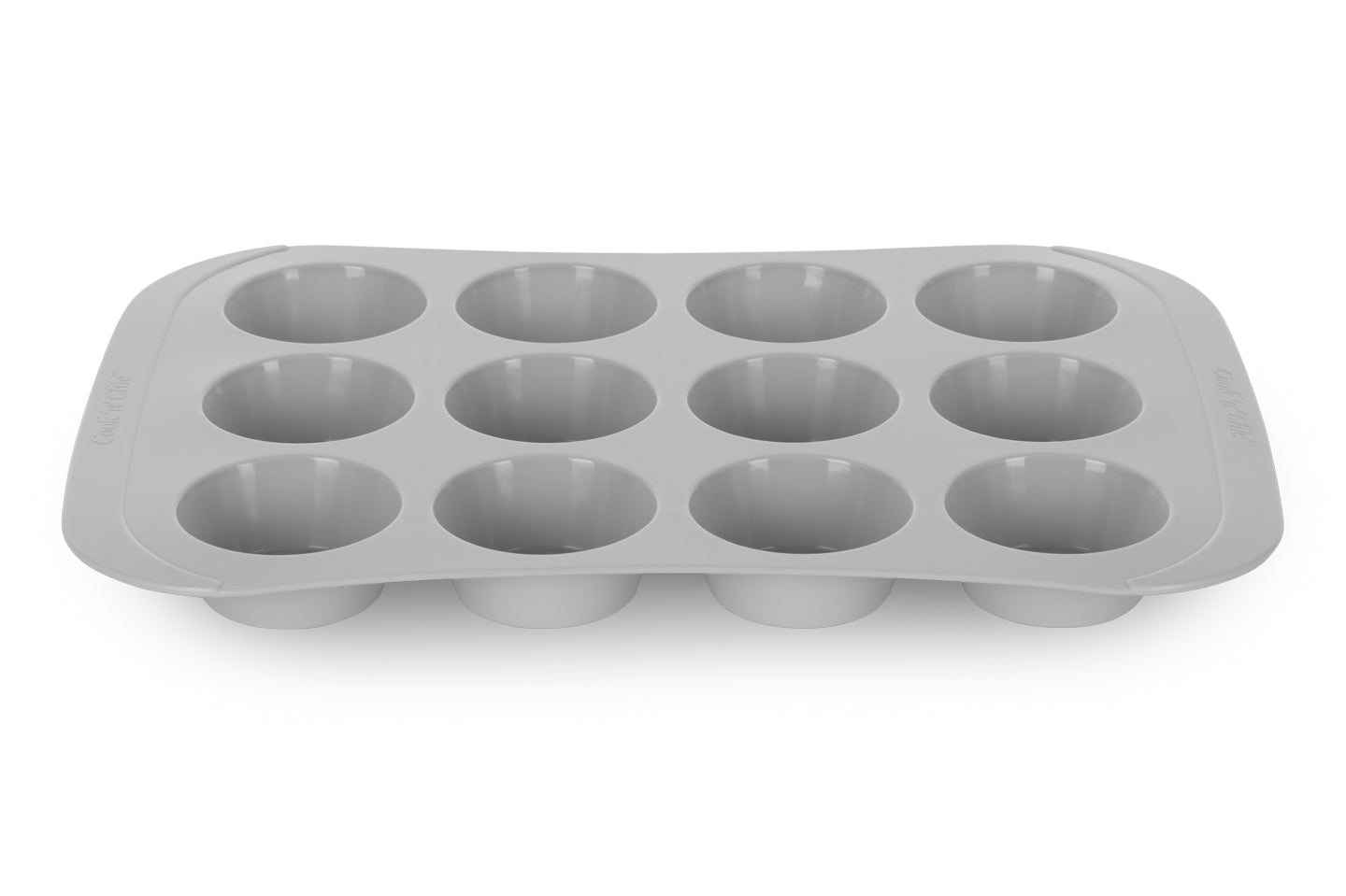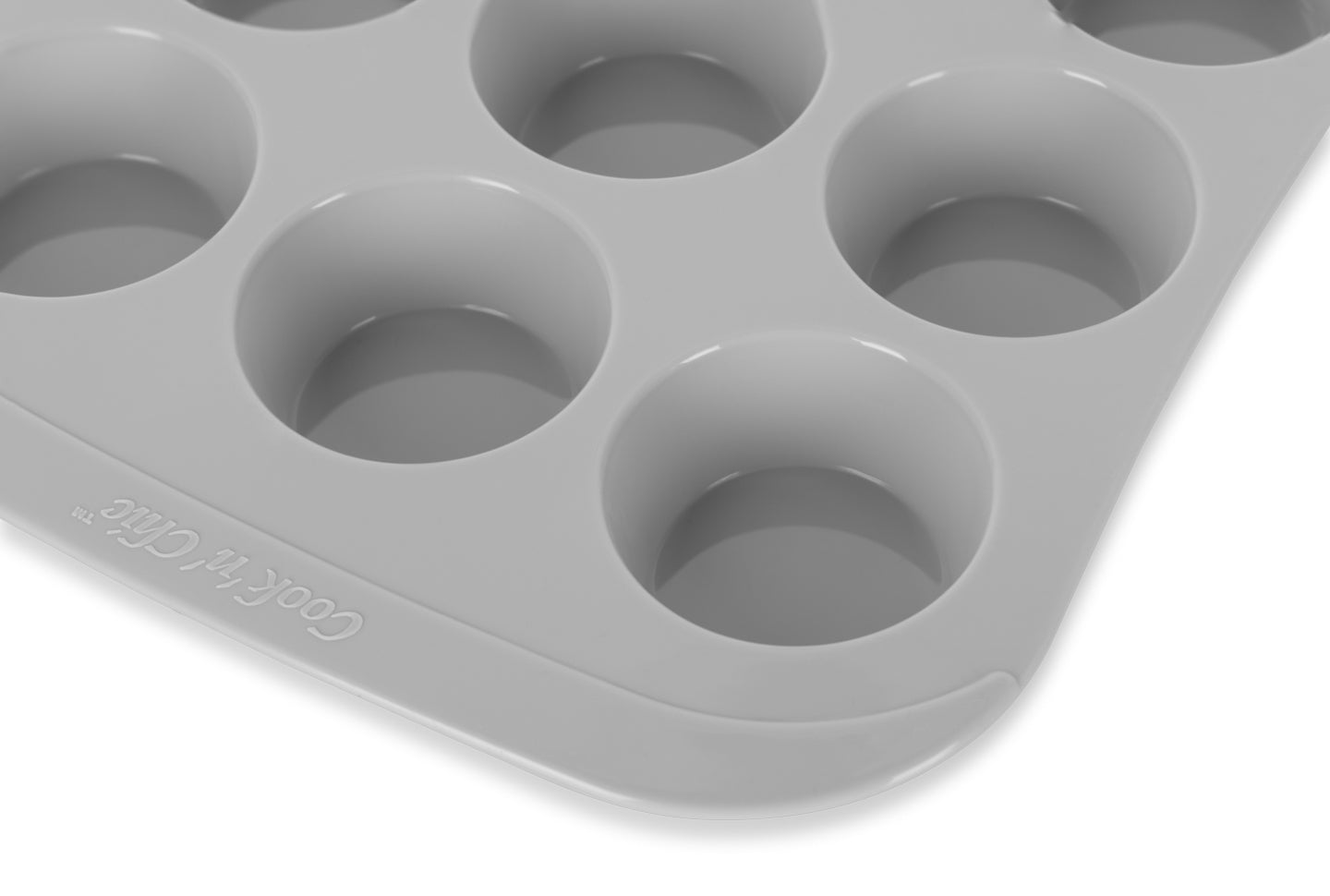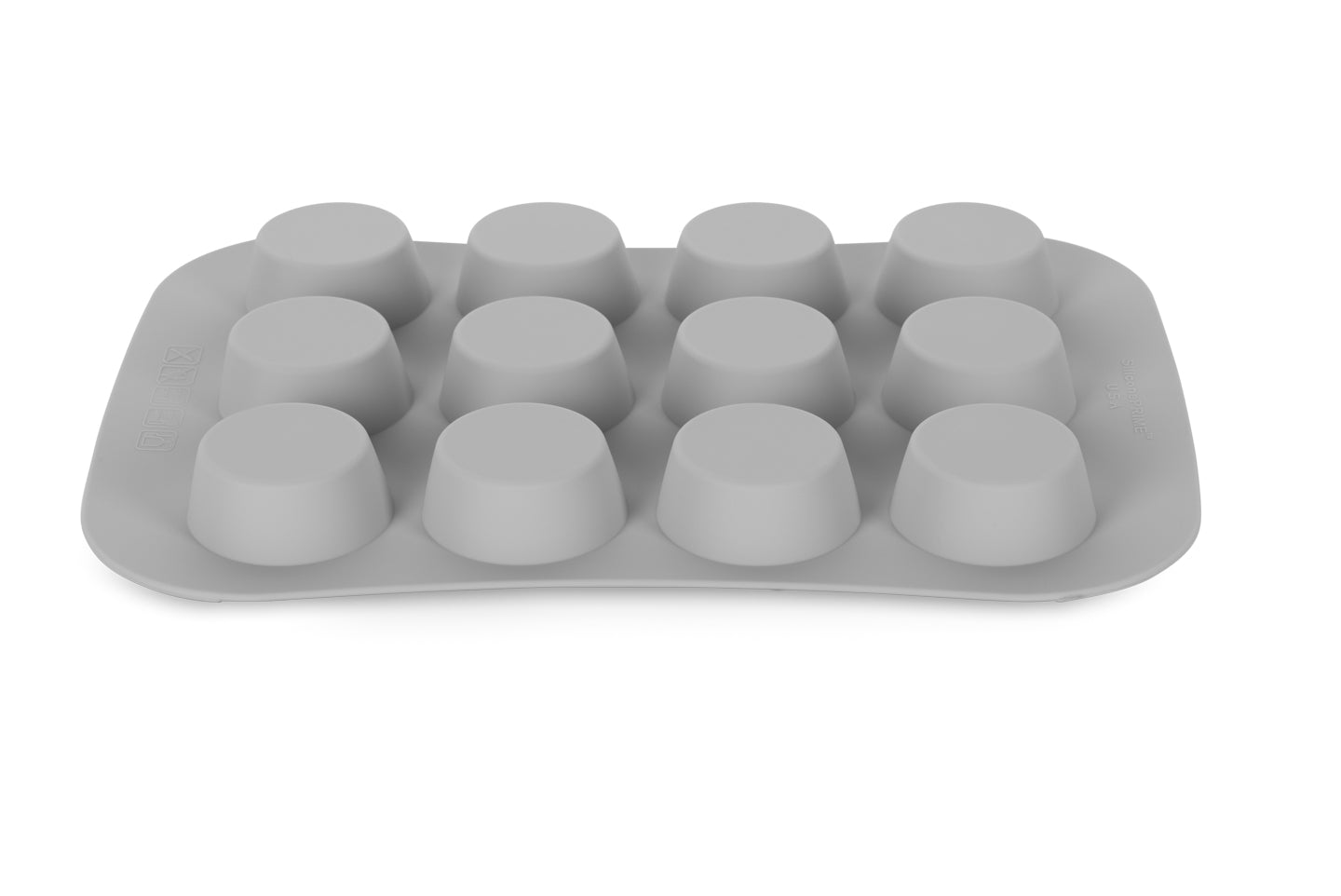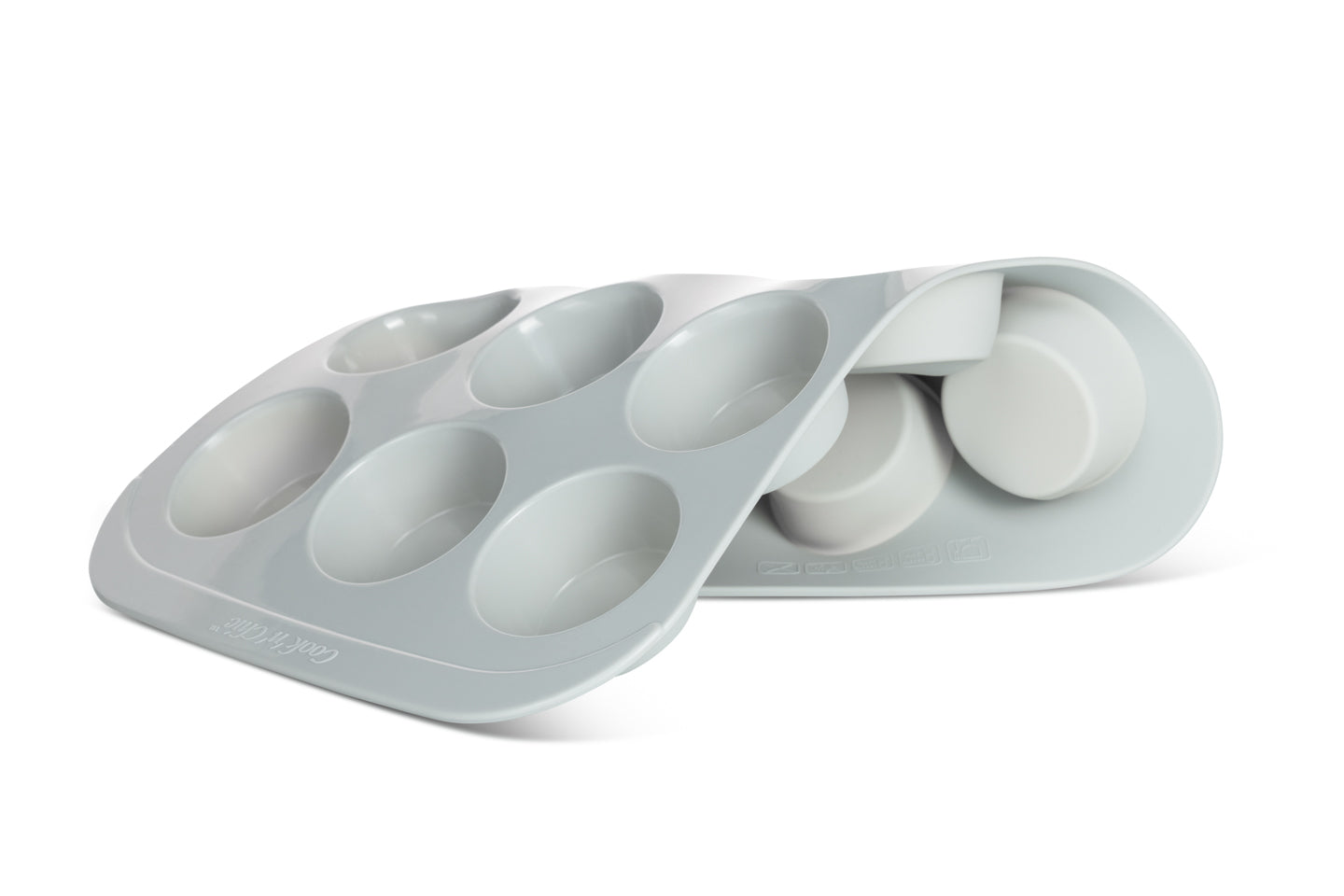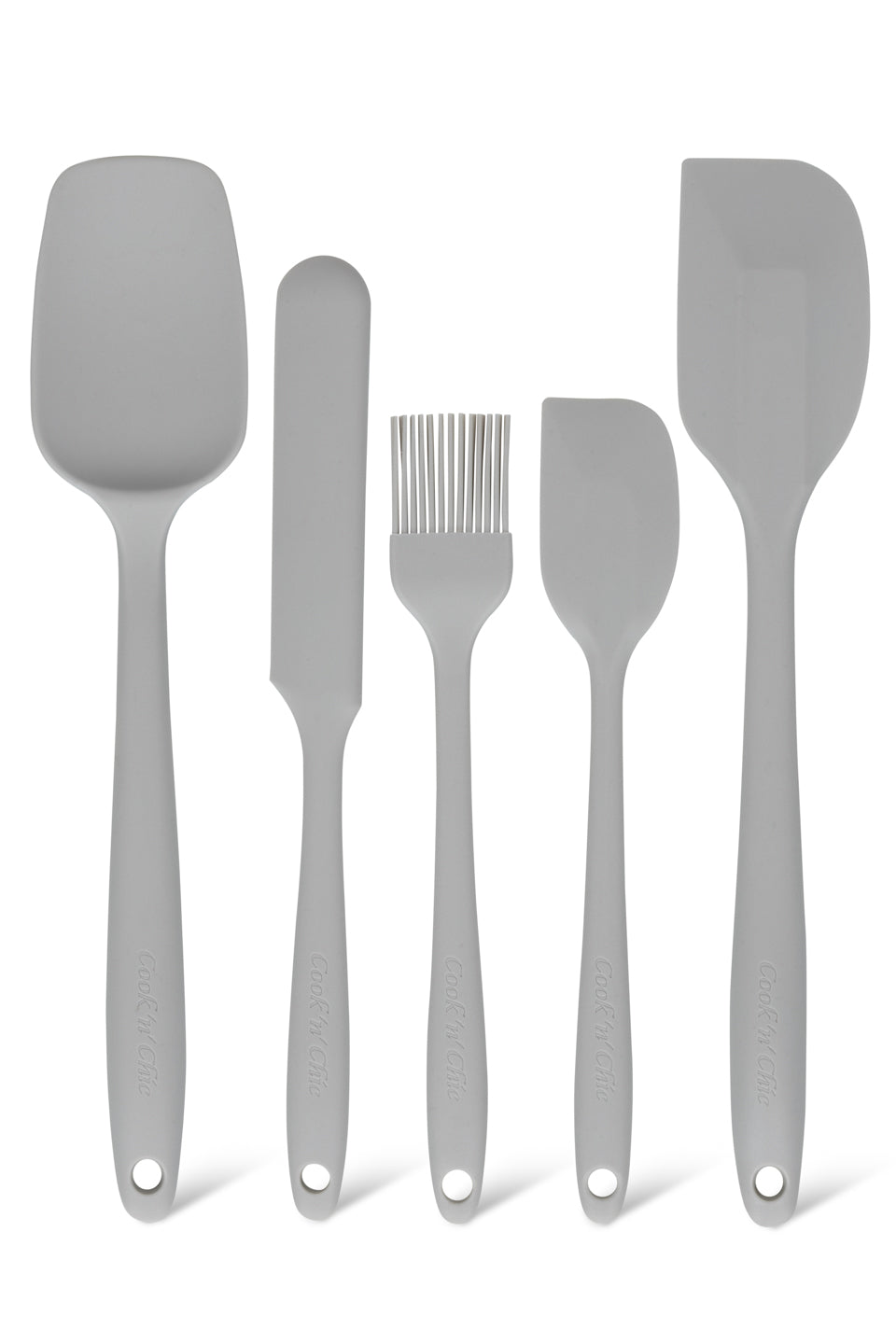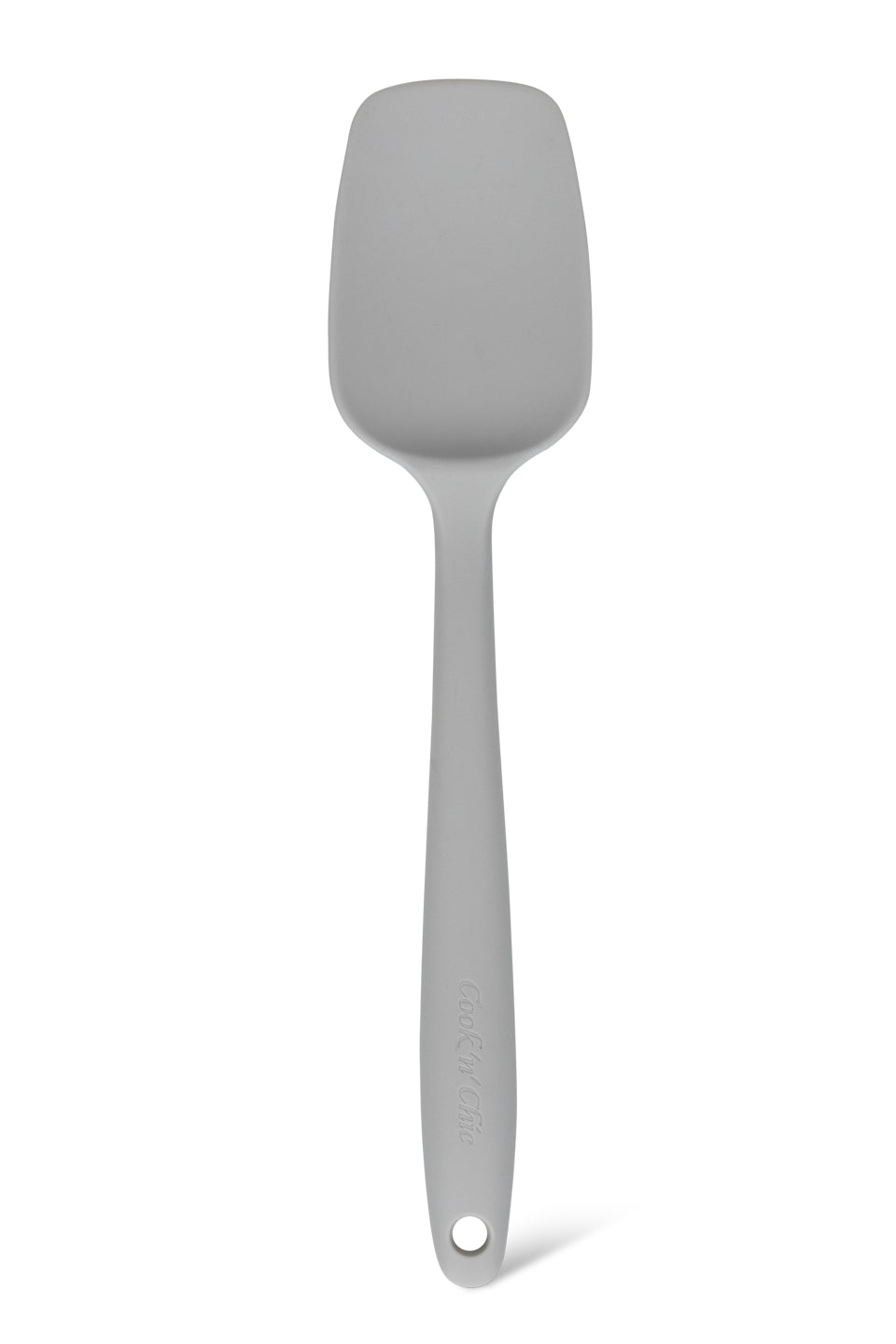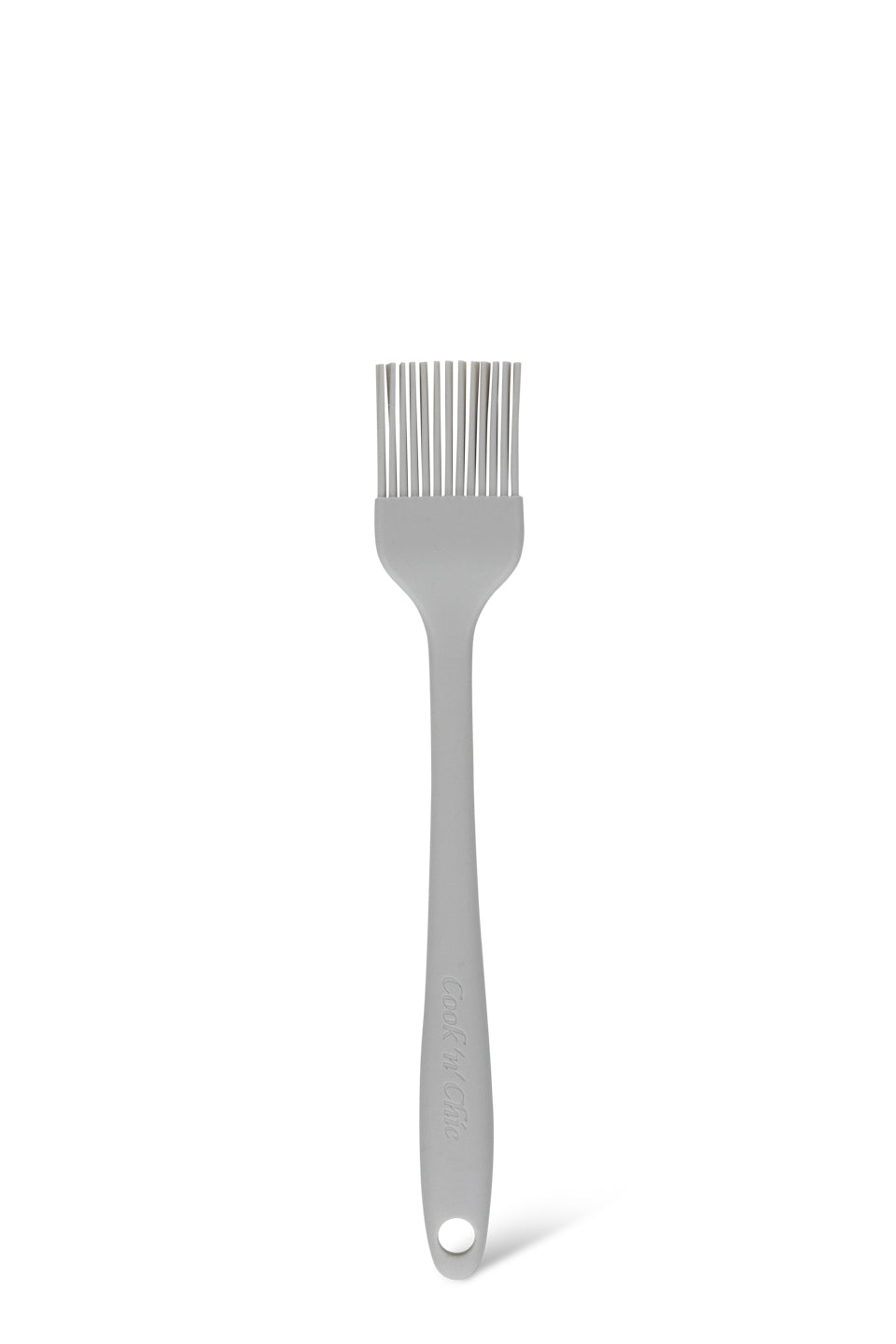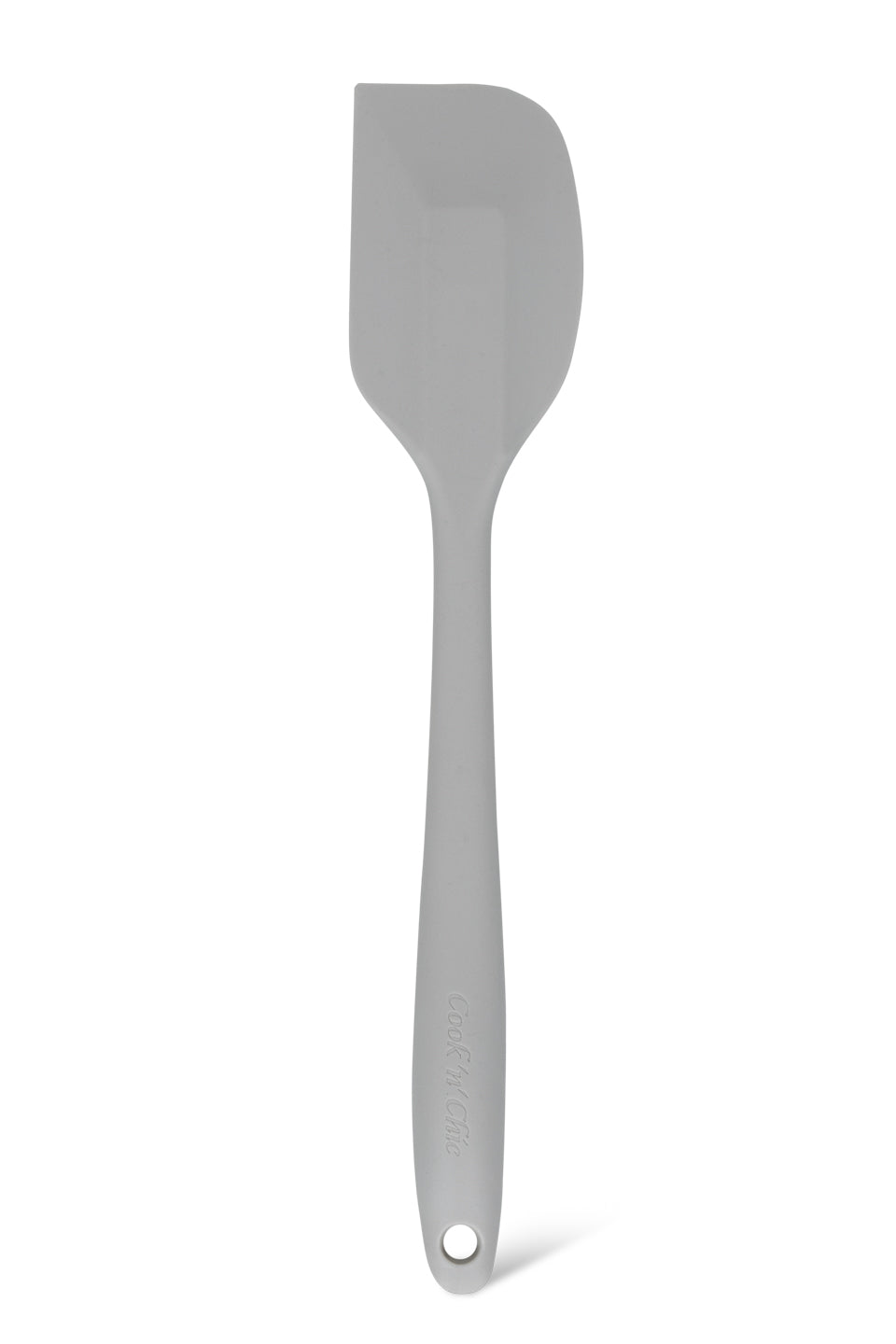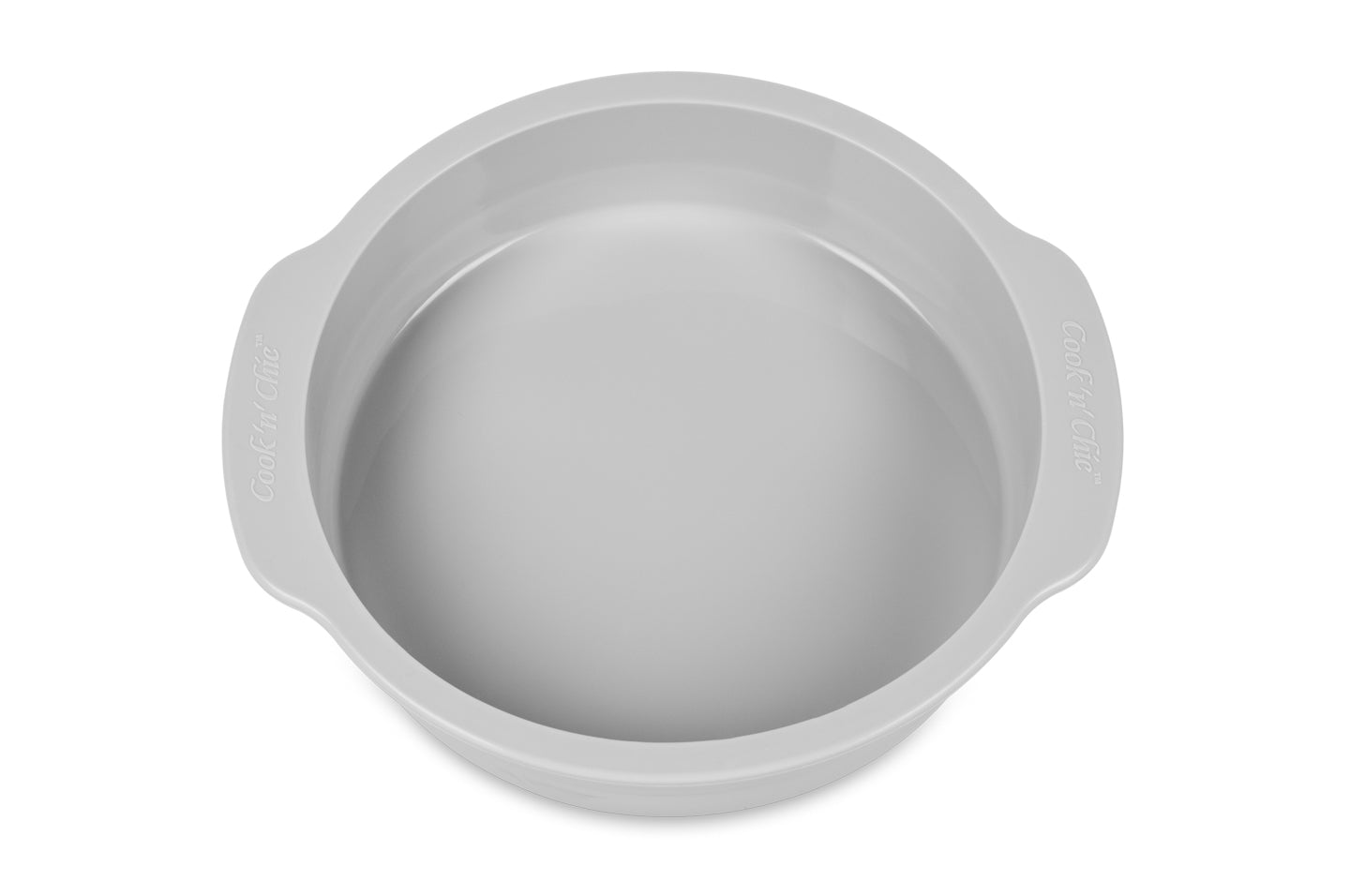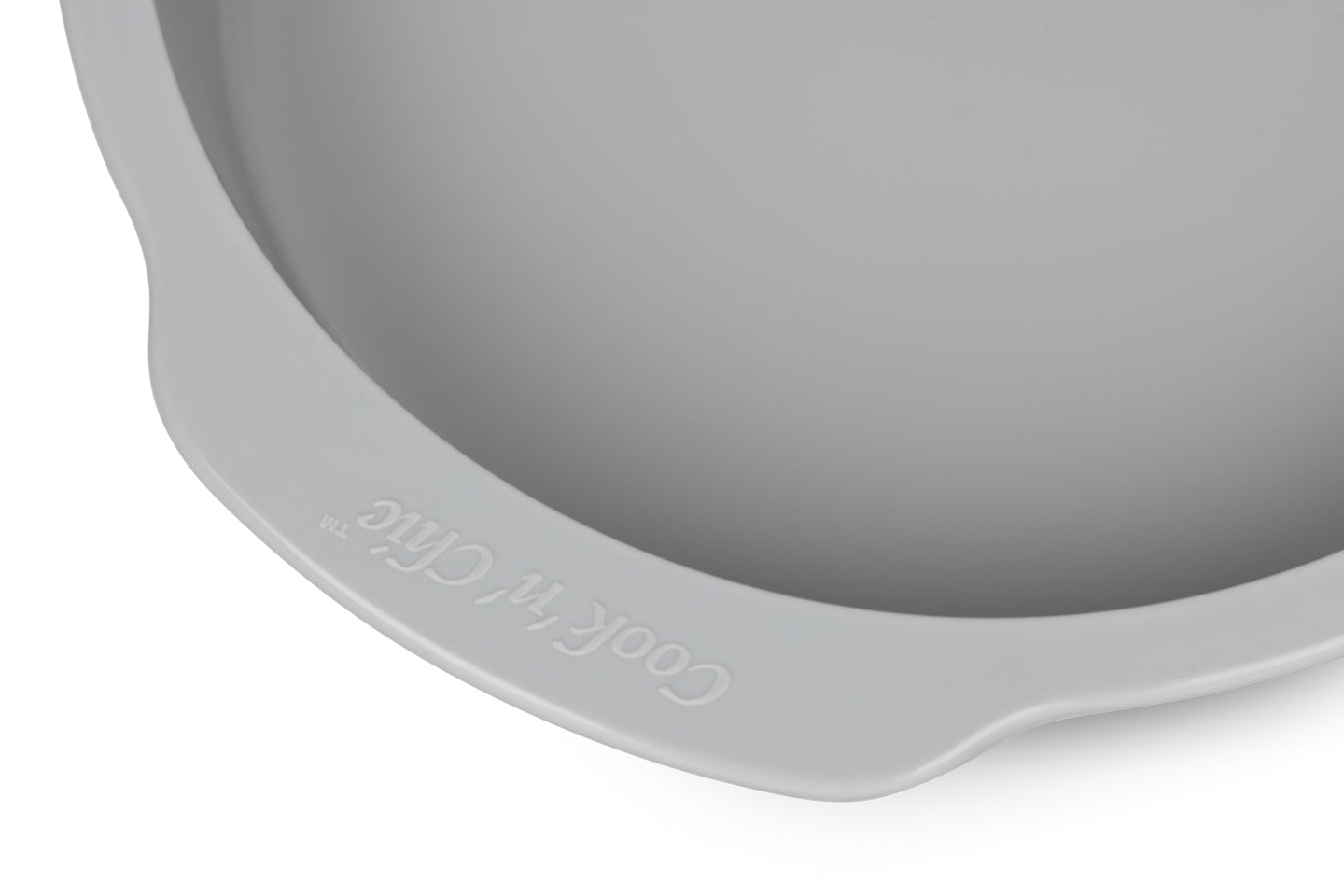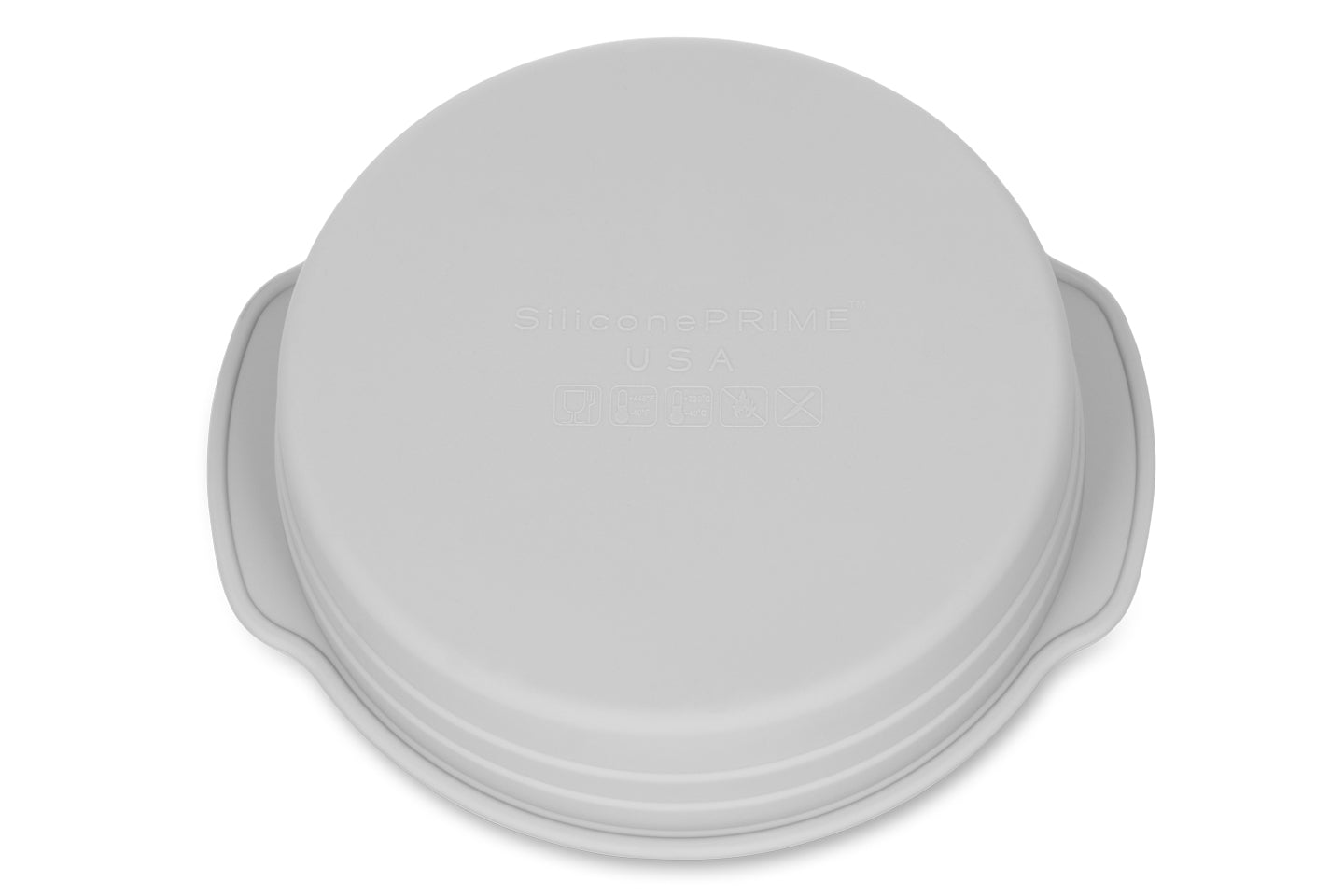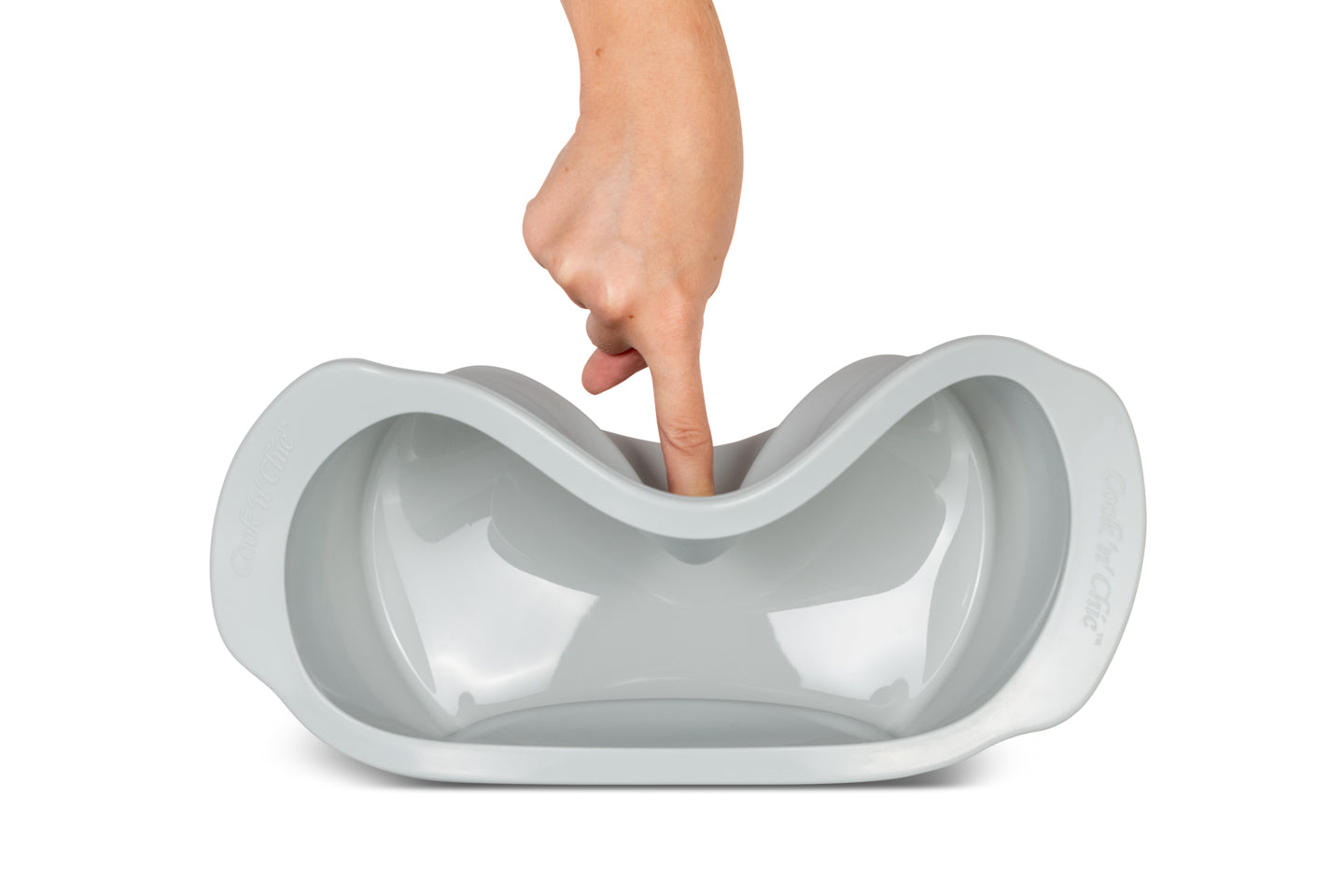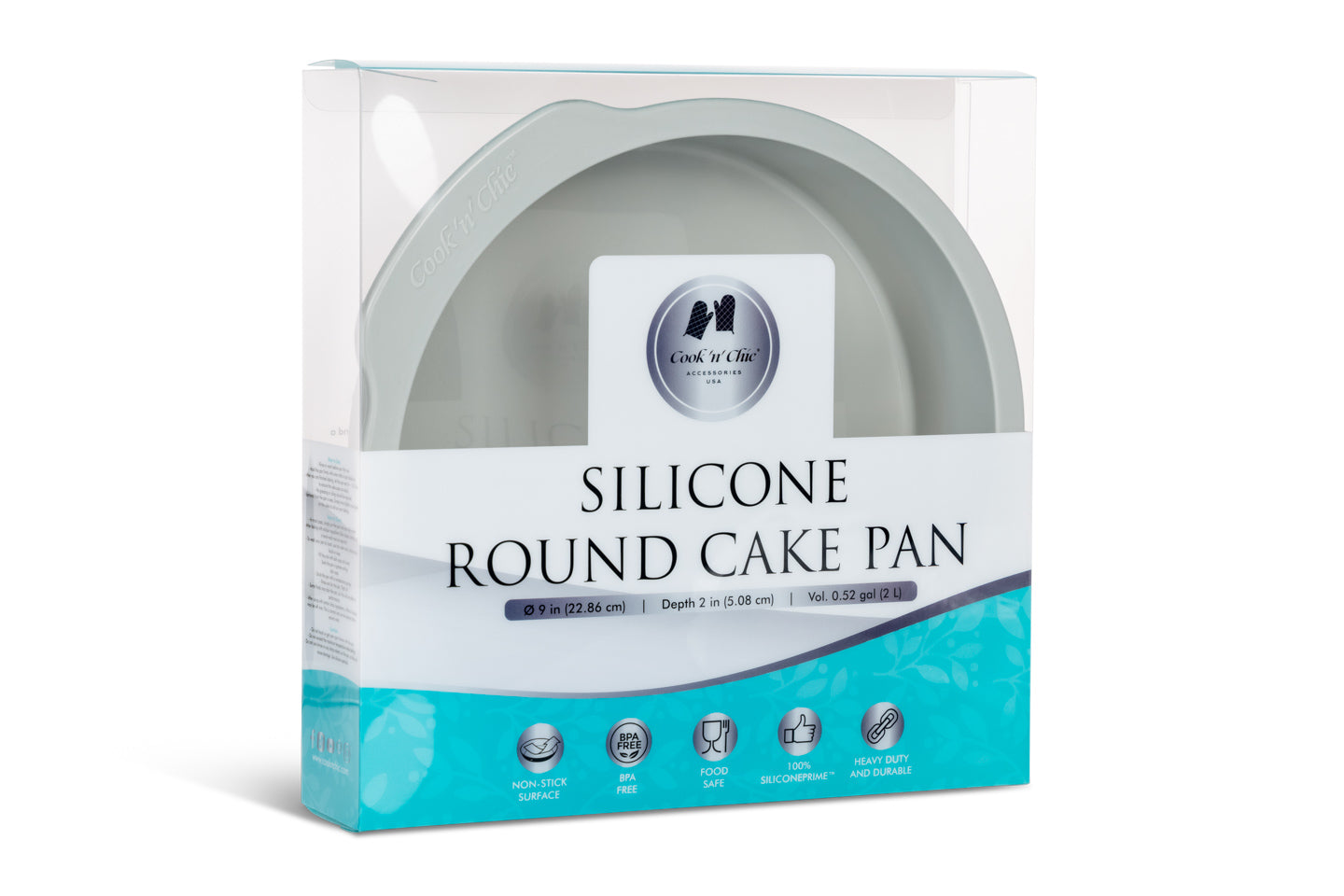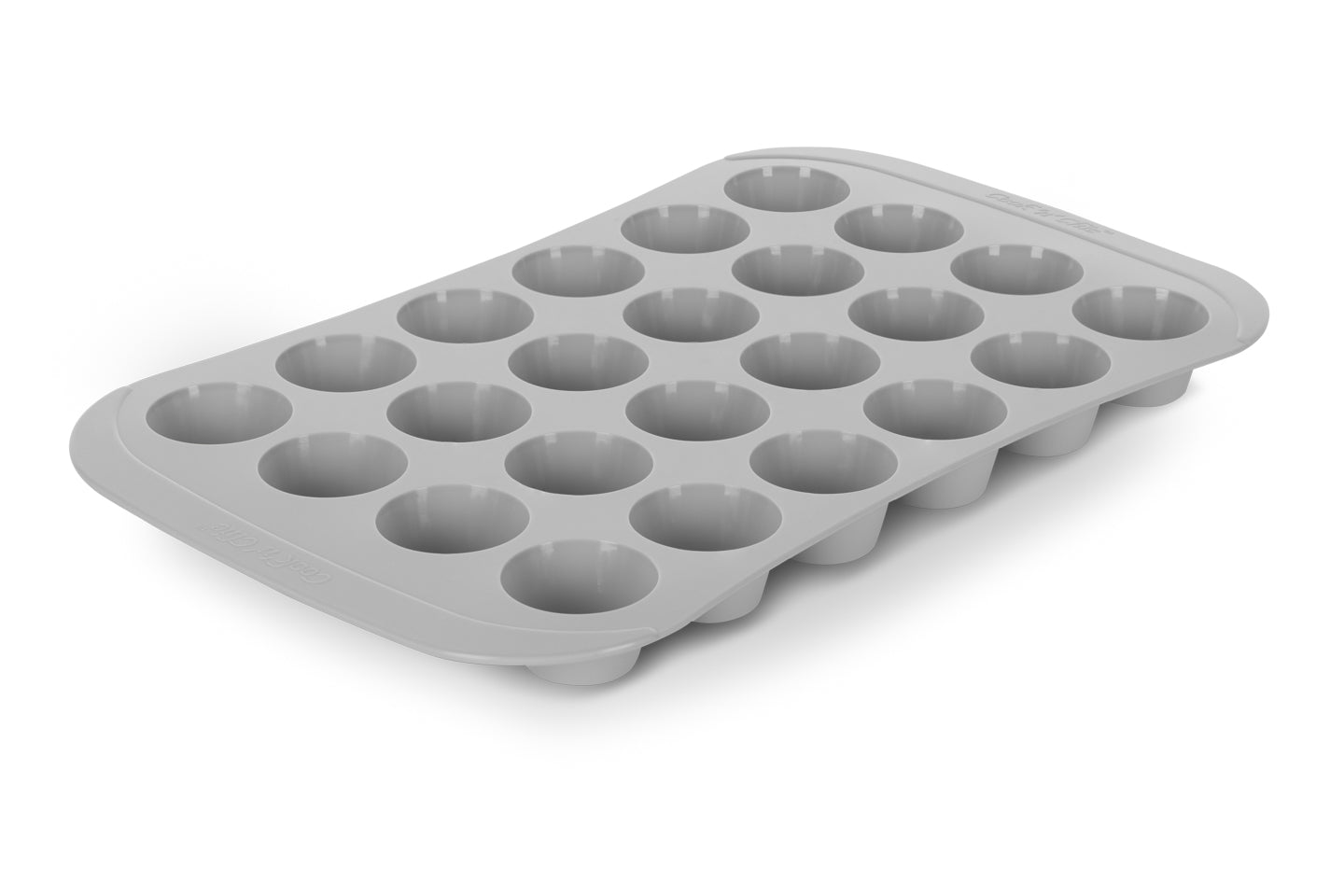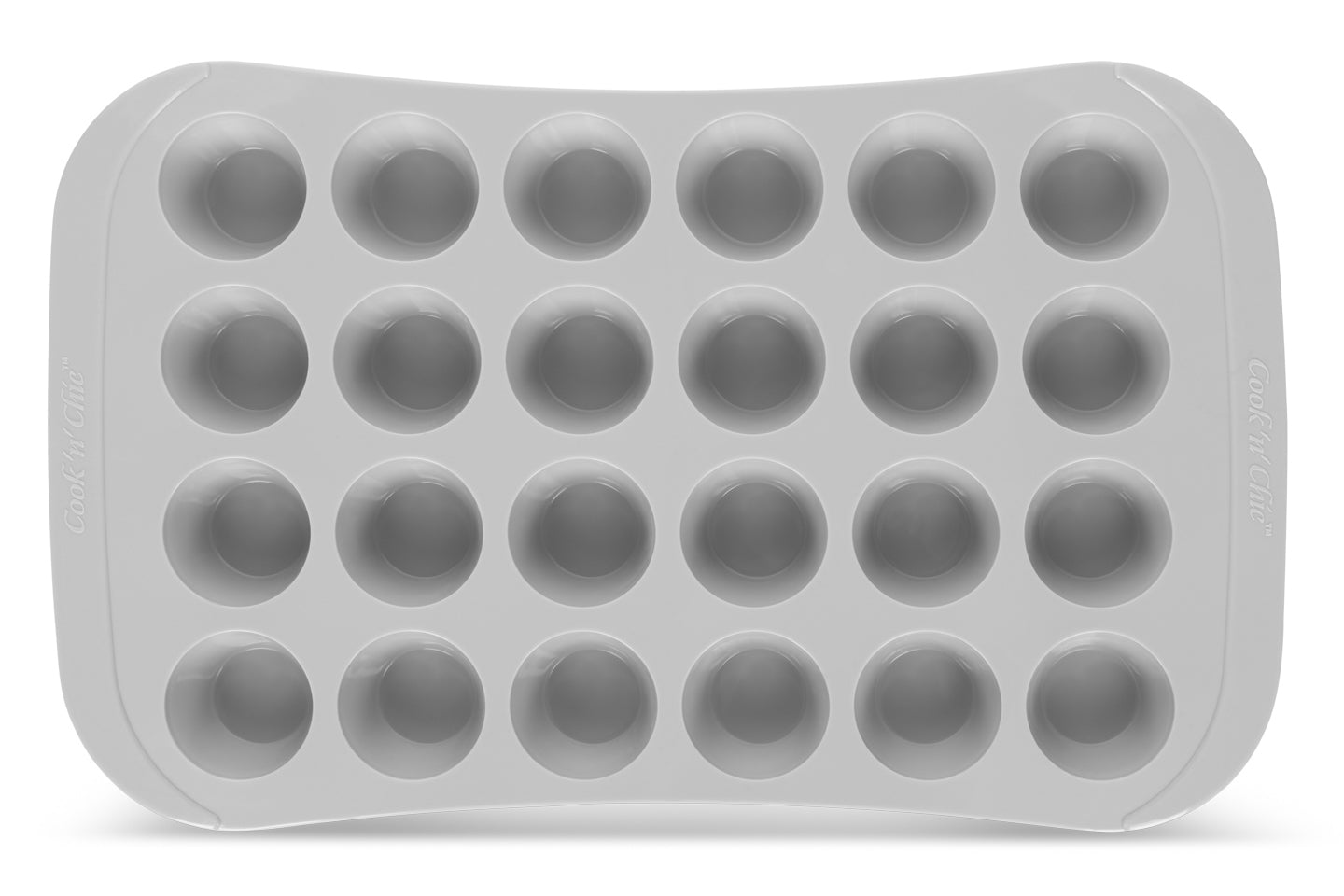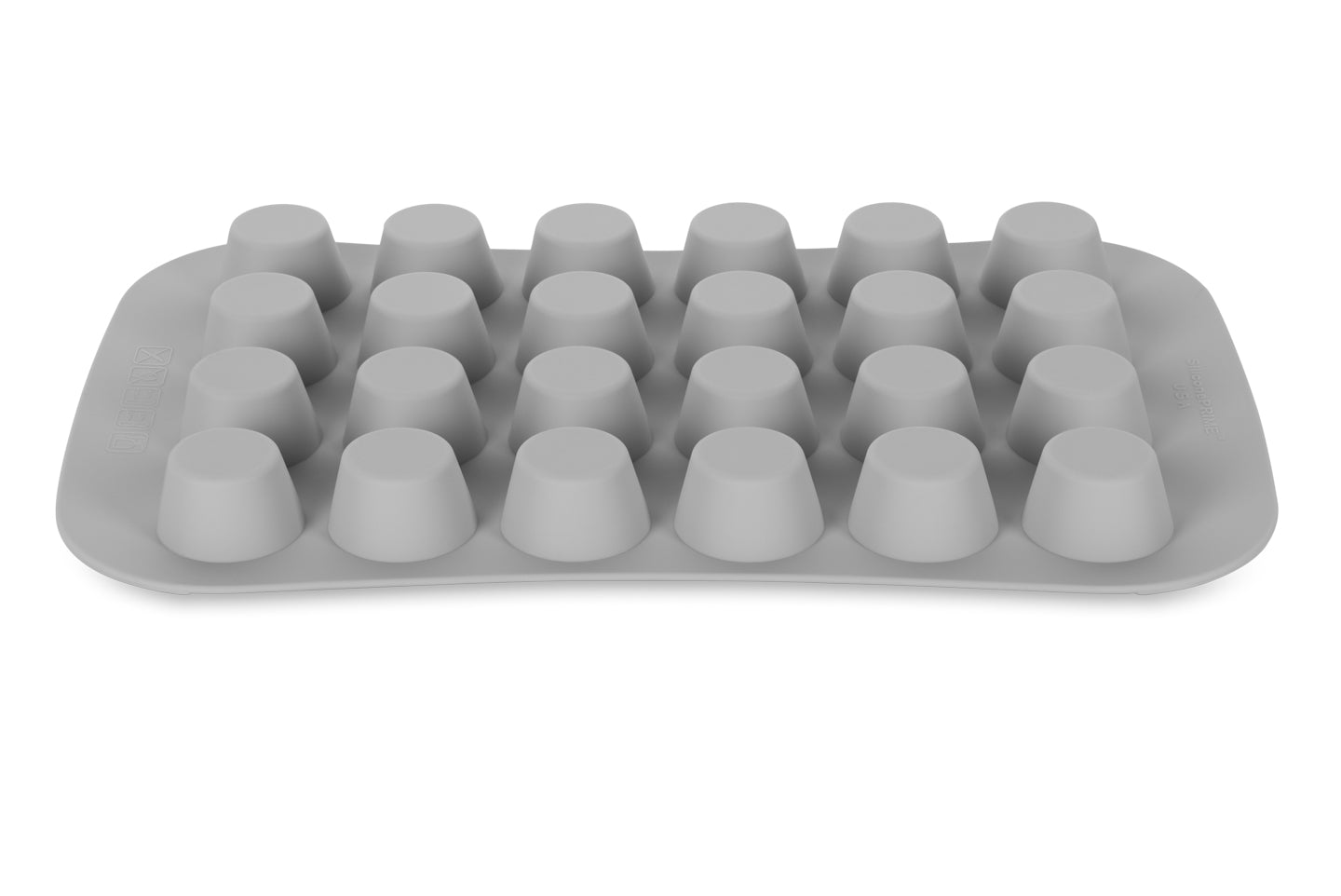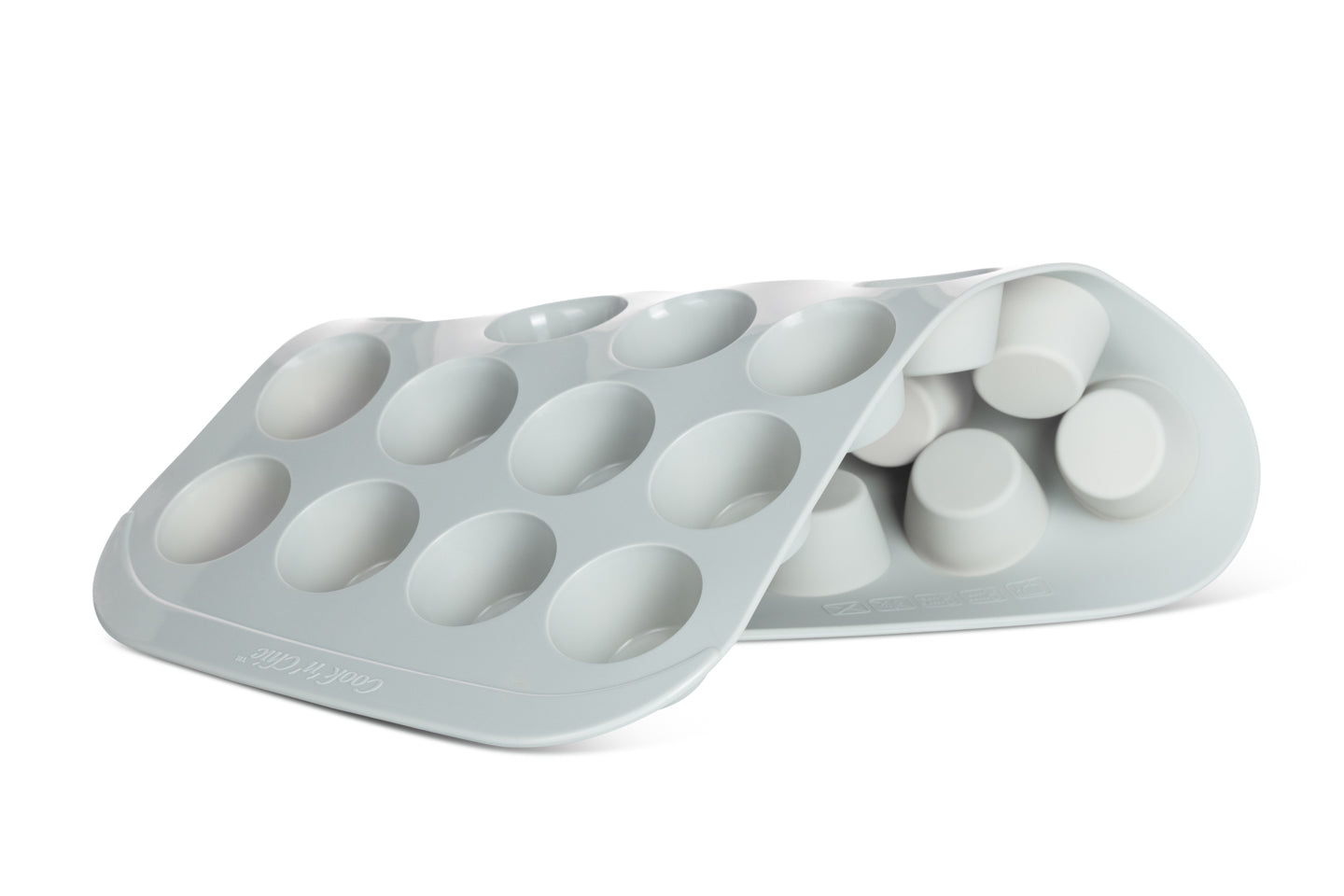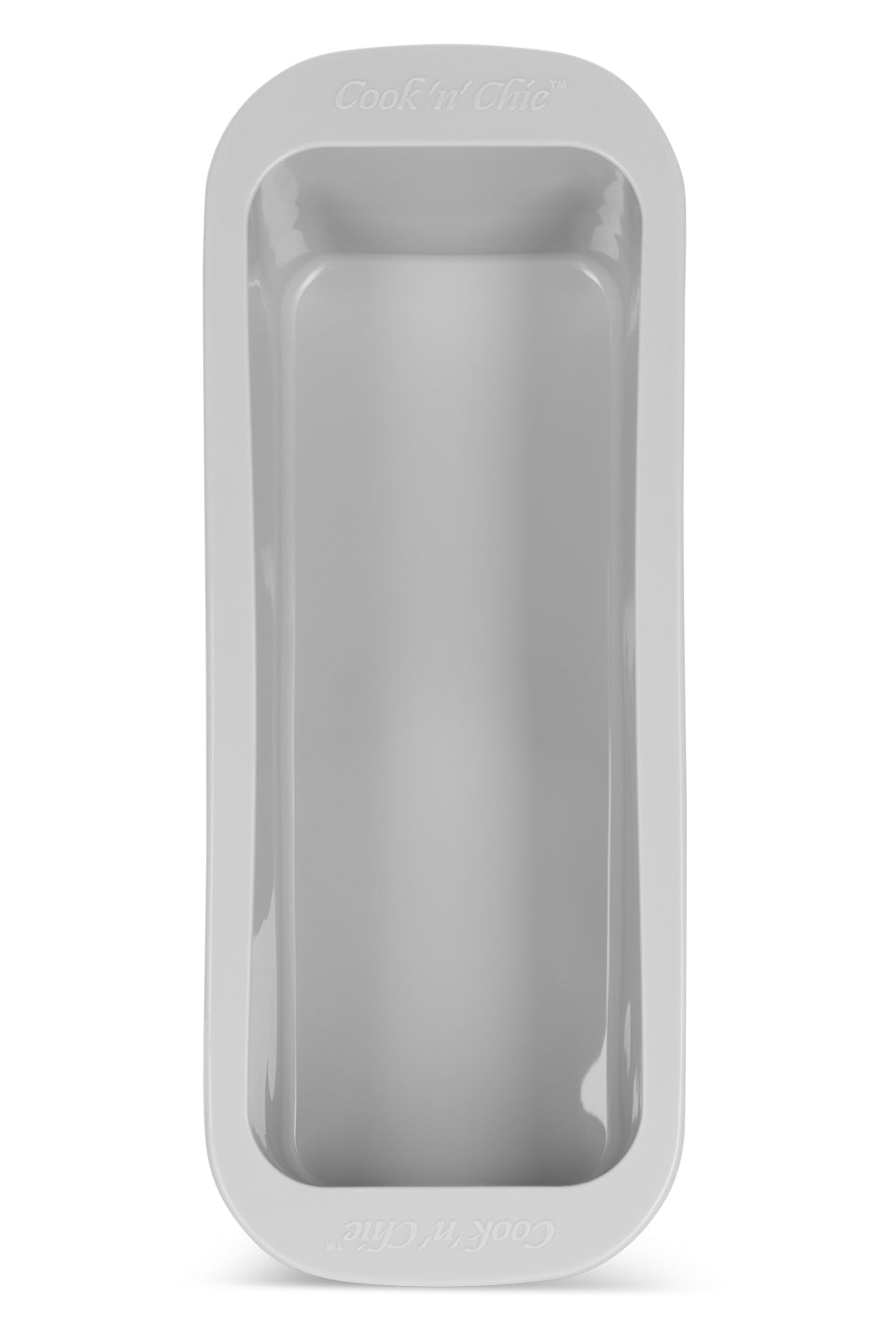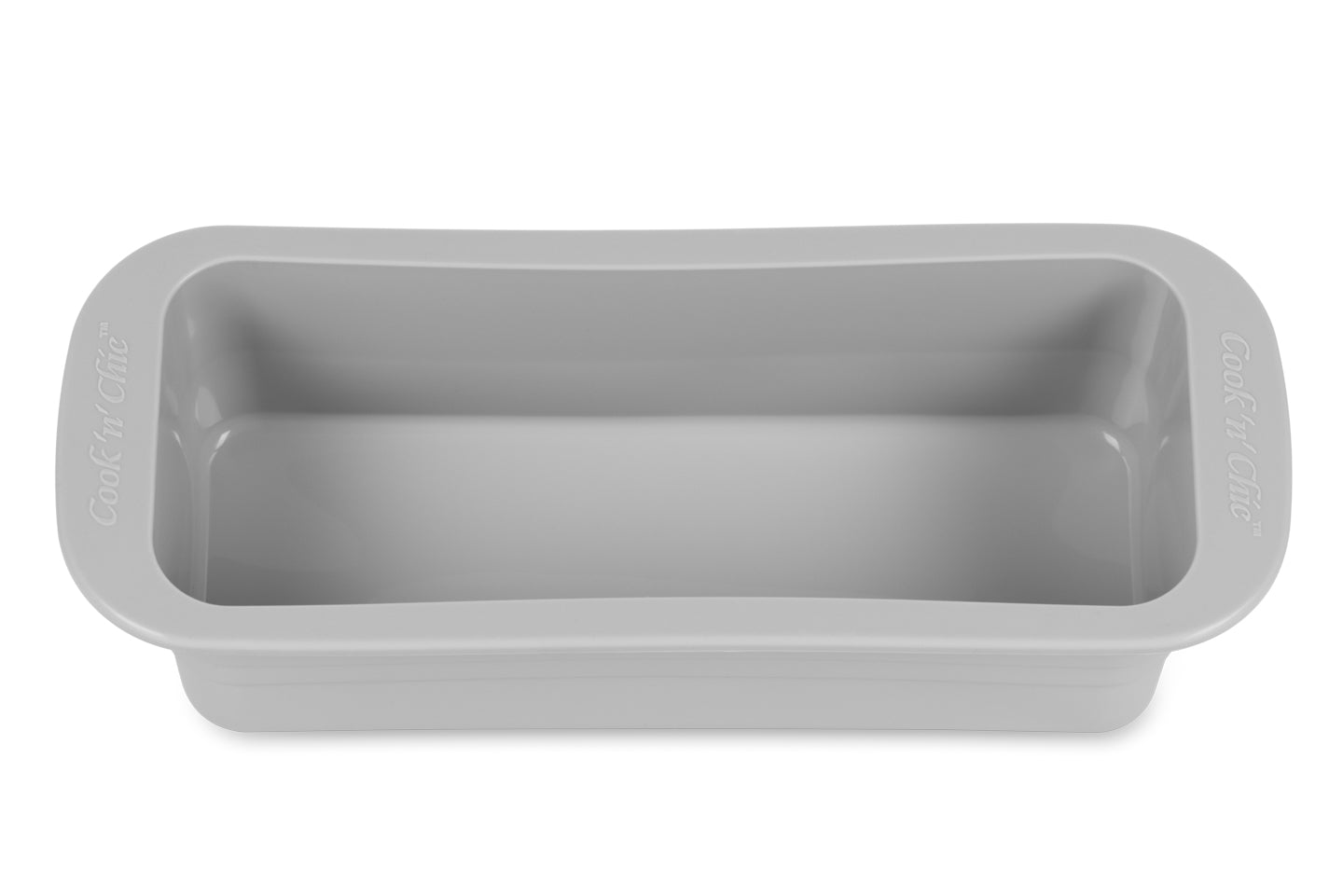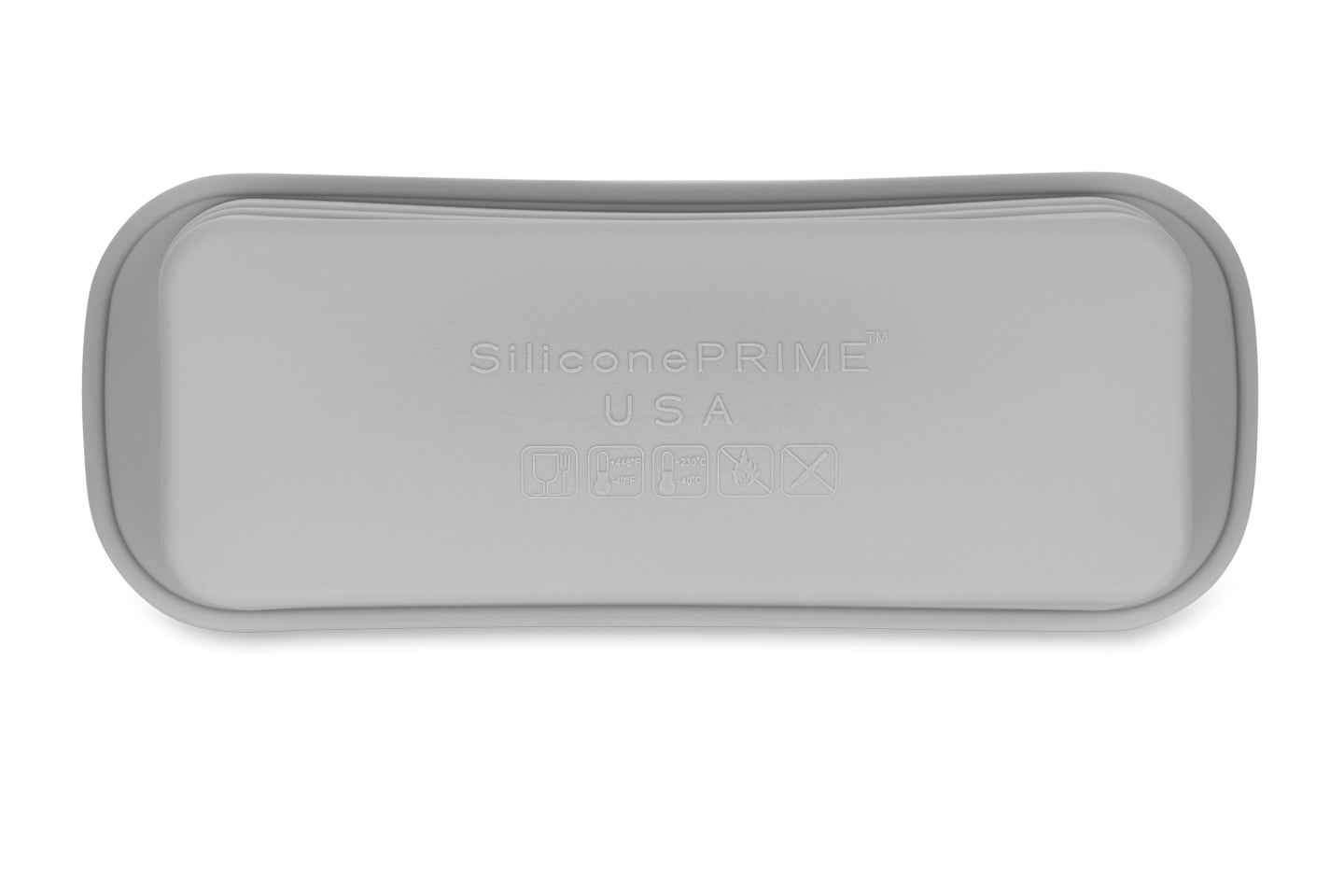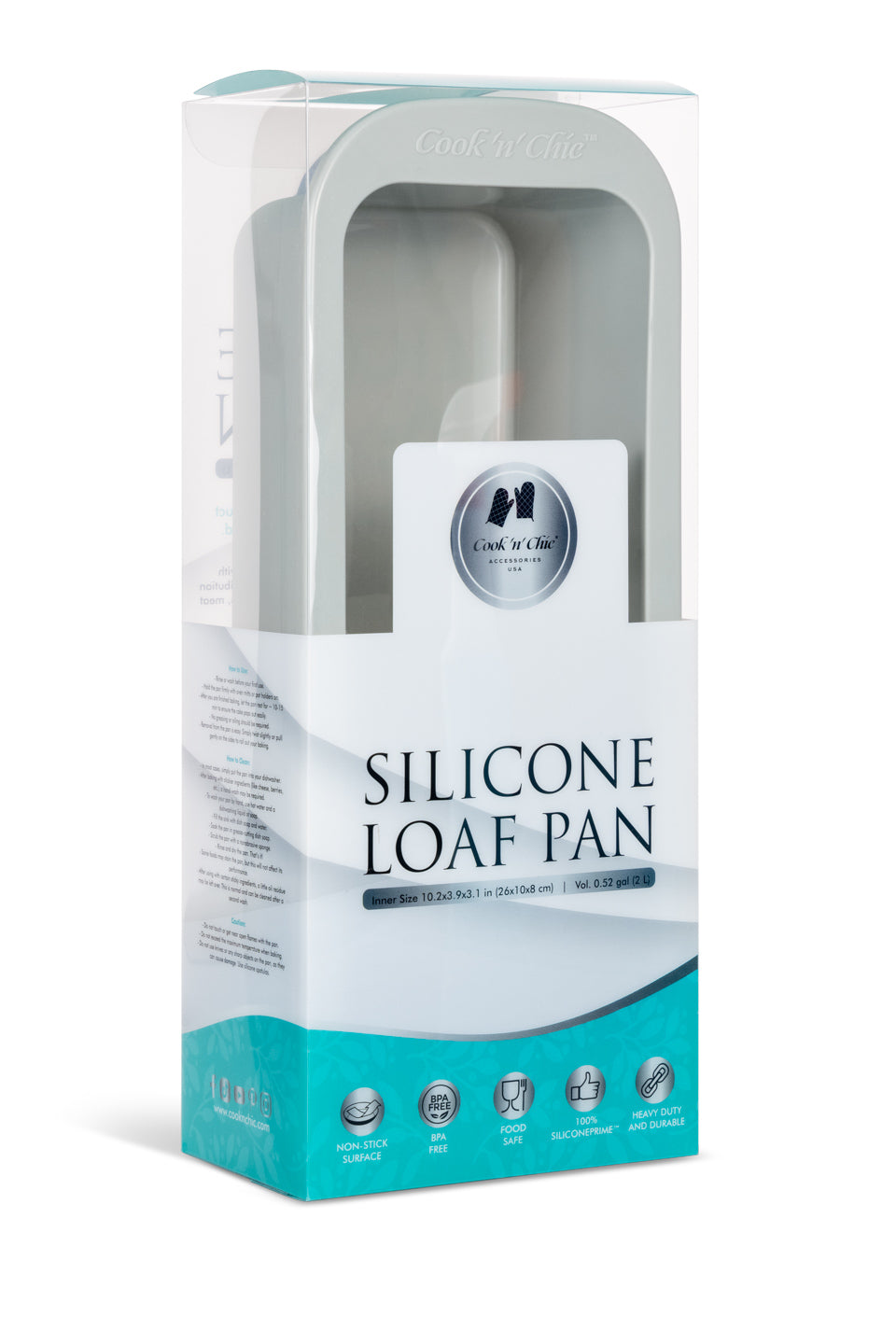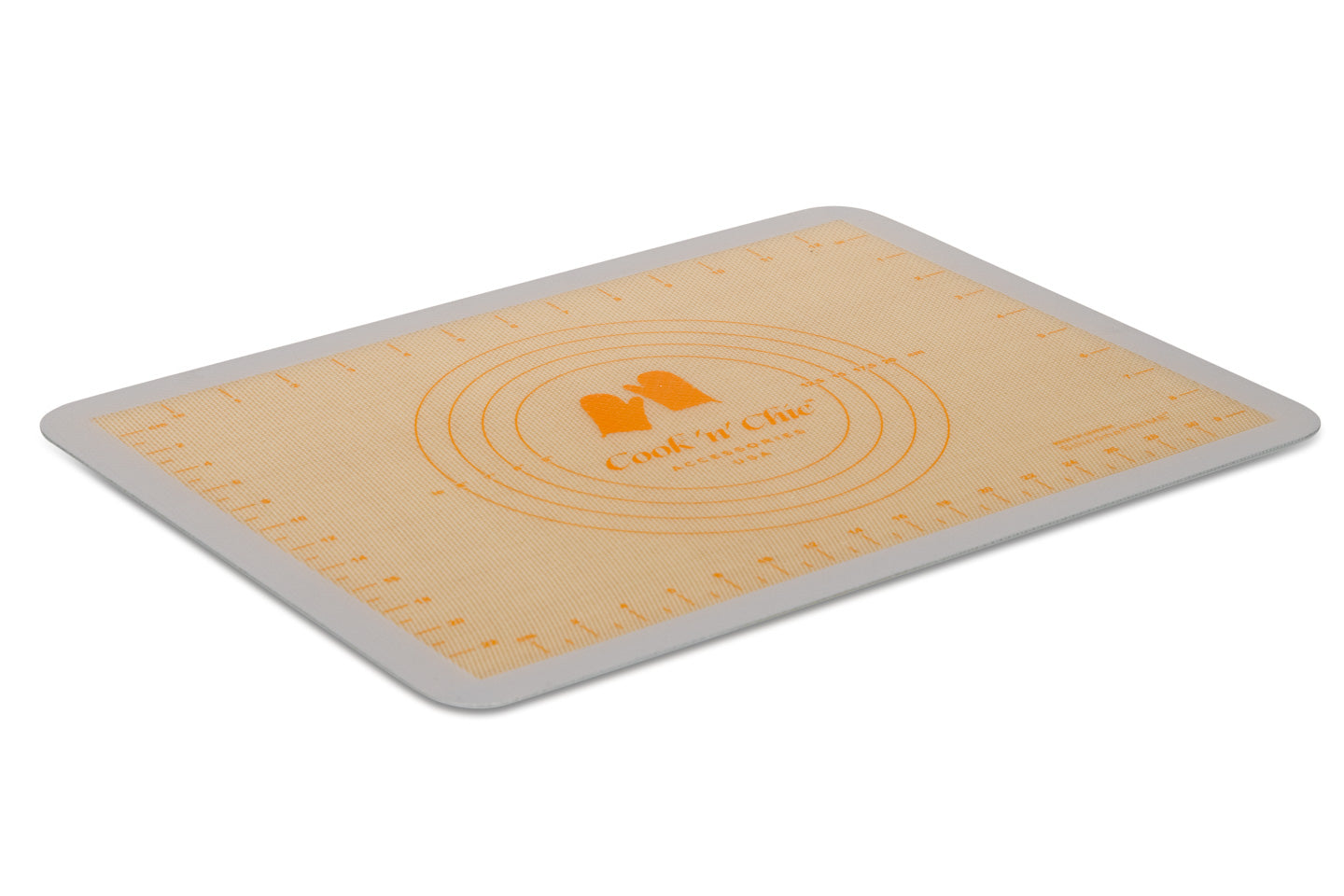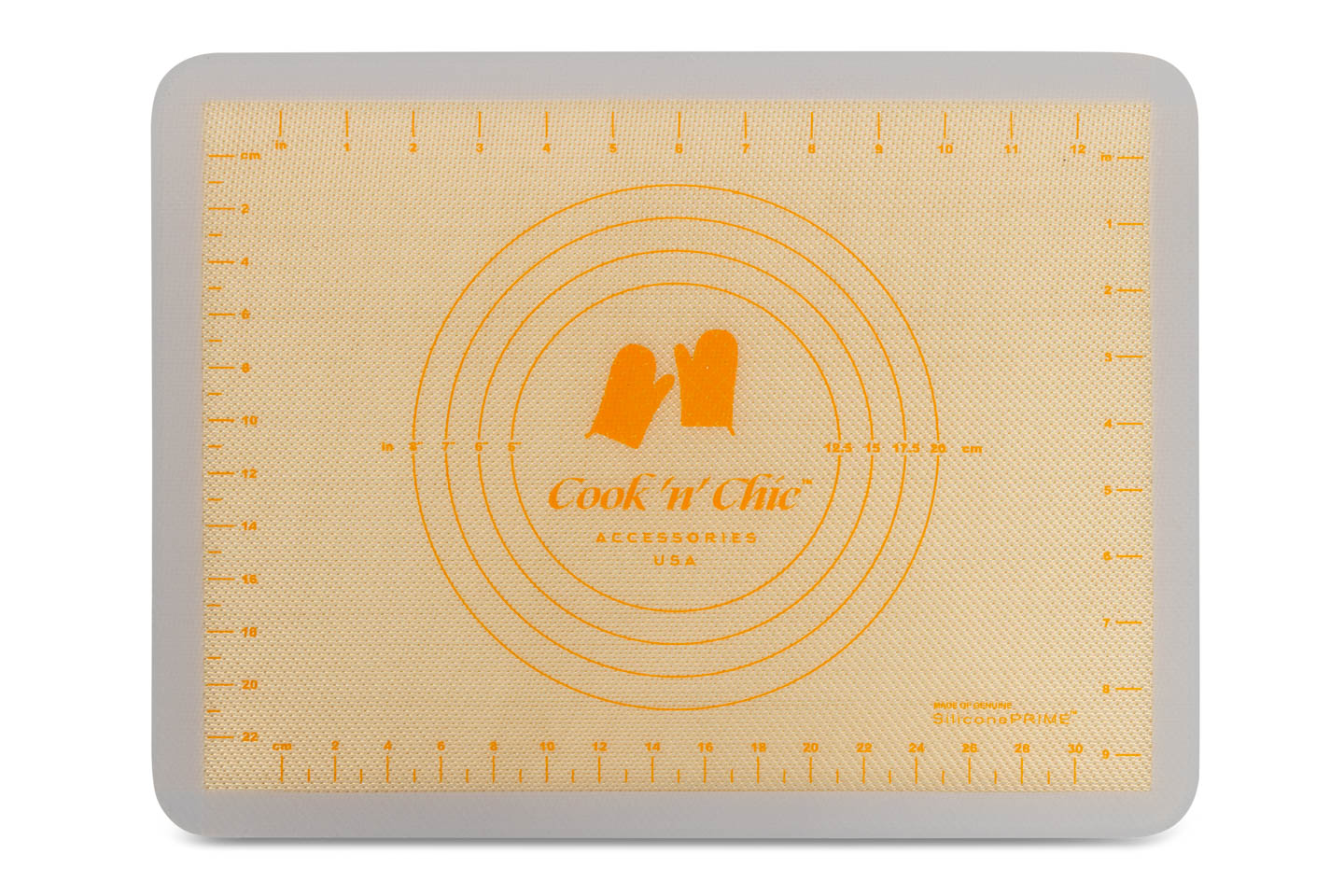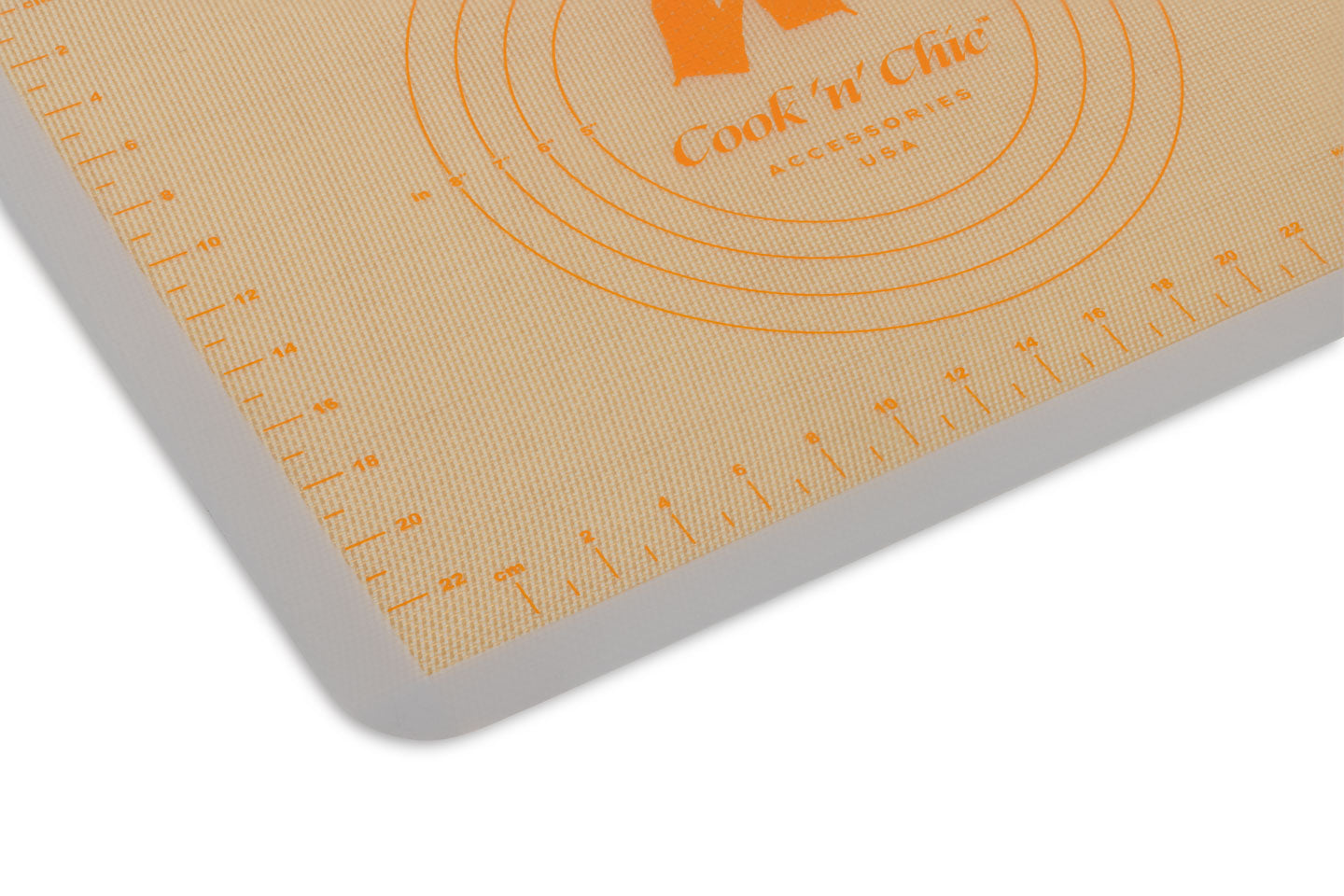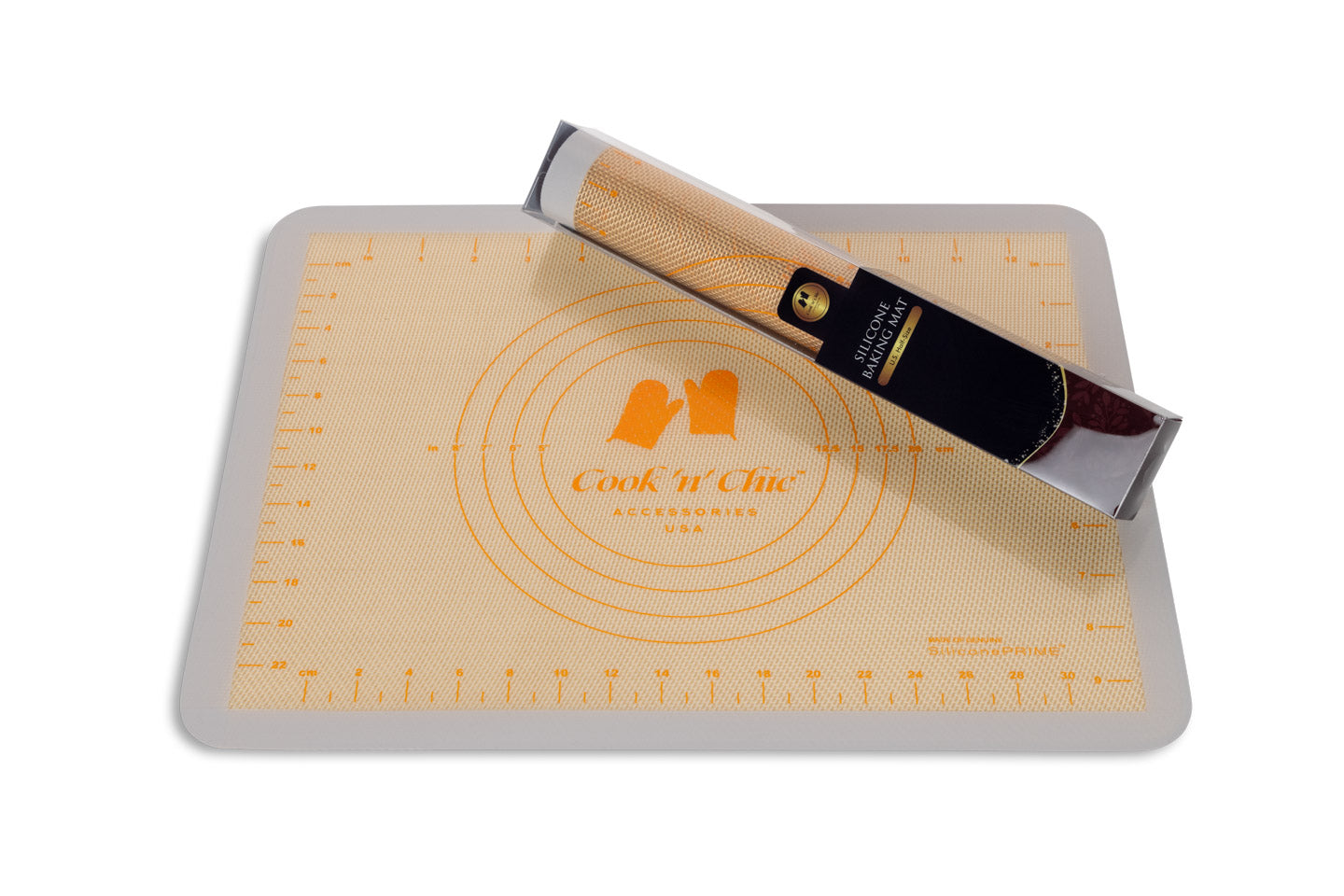Introduction:
In the bustling hub of meal preparation, our kitchen accessories serve as loyal companions, aiding us in our culinary endeavors day in and day out. However, to ensure they remain in pristine condition and continue to perform at their best, proper cleaning and maintenance are essential. In this comprehensive guide, we'll explore expert tips and techniques for cleaning and caring for your beloved kitchen accessories, from silicone bakeware to stainless steel mixing bowls.
1. Silicone Bakeware:
Silicone bakeware is beloved for its non-stick properties and versatility, but it still requires proper care to maintain its quality. After each use, wash silicone bakeware in warm, soapy water, using a non-abrasive sponge to remove any residue. Avoid using sharp objects or abrasive cleaners that could damage the surface. To remove stubborn stains or odors, create a paste with baking soda and water and gently scrub the affected areas. Allow silicone bakeware to air dry completely before storing it away.
2. Stainless Steel Mixing Bowls:
Stainless steel mixing bowls are durable, easy to clean, and resistant to stains and odors. To clean stainless steel bowls, wash them with warm water and dish soap, using a soft sponge or cloth to remove any food particles. For tough stains or burnt-on residue, soak the bowls in a mixture of warm water and vinegar before washing. Avoid using abrasive cleaners or steel wool, as they can scratch the surface of the bowls. To maintain the shine of stainless steel, dry the bowls thoroughly after washing and store them in a dry location.
3. Wooden Cutting Boards:
Wooden cutting boards require special care to prevent warping, cracking, and bacterial growth. After each use, wash wooden cutting boards with hot, soapy water, using a brush or sponge to scrub away any food residue. Avoid soaking wooden cutting boards or putting them in the dishwasher, as excess moisture can cause damage. To disinfect wooden cutting boards, wipe them down with a solution of equal parts white vinegar and water or hydrogen peroxide. Regularly oil wooden cutting boards with food-grade mineral oil or beeswax to keep them moisturized and prevent drying out.
4. Non-Stick Cookware:
Non-stick cookware is convenient for cooking and cleaning, but it requires gentle care to maintain its coating. Avoid using metal utensils or abrasive cleaners on non-stick surfaces, as they can scratch or damage the coating. Instead, use silicone, nylon, or wooden utensils to protect the non-stick coating. After each use, wash non-stick cookware with warm, soapy water, using a soft sponge or cloth. Avoid using cooking sprays or oils with non-stick cookware, as they can build up and reduce the effectiveness of the coating over time. If food residue persists, soak the cookware in warm water and dish soap before washing.
5. Plastic Food Storage Containers:
Plastic food storage containers are convenient for storing leftovers and meal prep, but they can retain odors and stains if not properly cleaned. After each use, wash plastic food storage containers with hot, soapy water, using a sponge or brush to remove any food residue. Avoid washing plastic containers with abrasive cleaners or placing them in the dishwasher, as high heat can cause warping or degradation. To remove stubborn odors, soak plastic containers in a solution of equal parts water and white vinegar or baking soda. Allow the containers to air dry completely before storing them with their lids off to prevent moisture buildup.
Conclusion:
With proper cleaning and care, your kitchen accessories can continue to serve you faithfully for years to come. By following these expert tips and techniques, you can maintain the quality and performance of your silicone bakeware, stainless steel mixing bowls, wooden cutting boards, non-stick cookware, and plastic food storage containers. Embrace the art of kitchen maintenance and enjoy a clean, organized, and efficient culinary space every time you cook.
